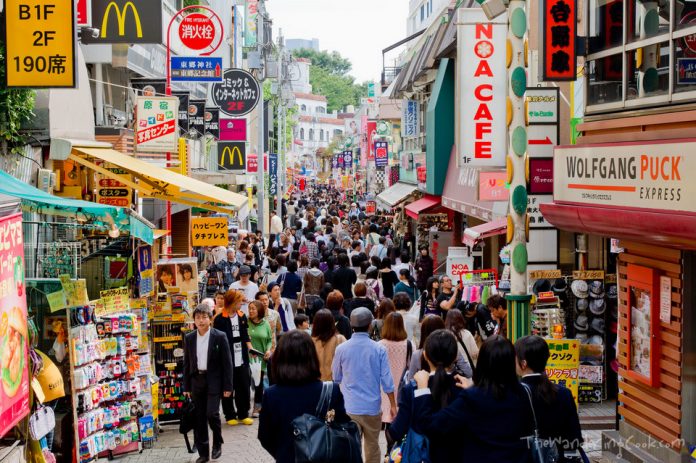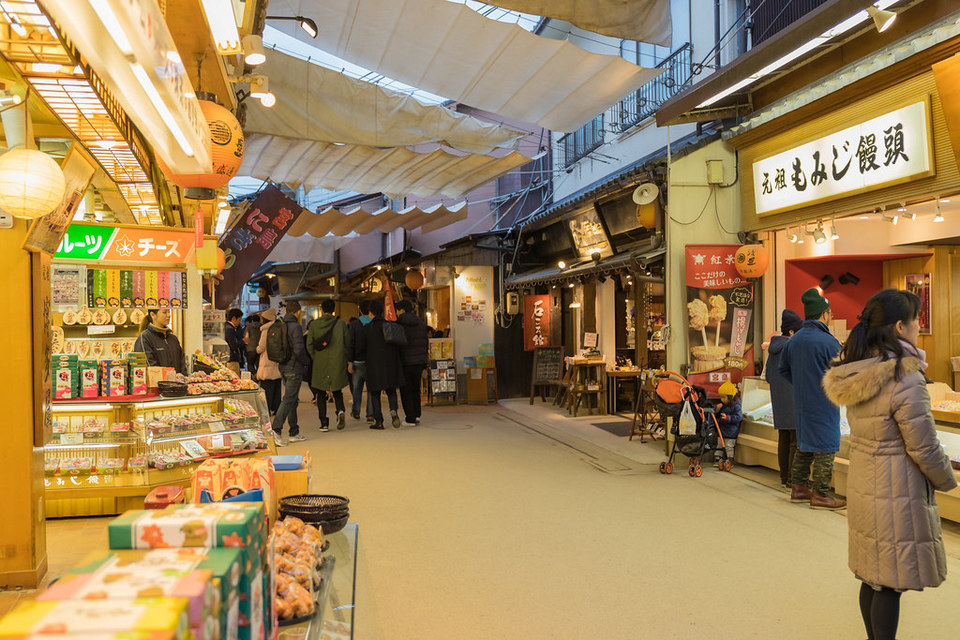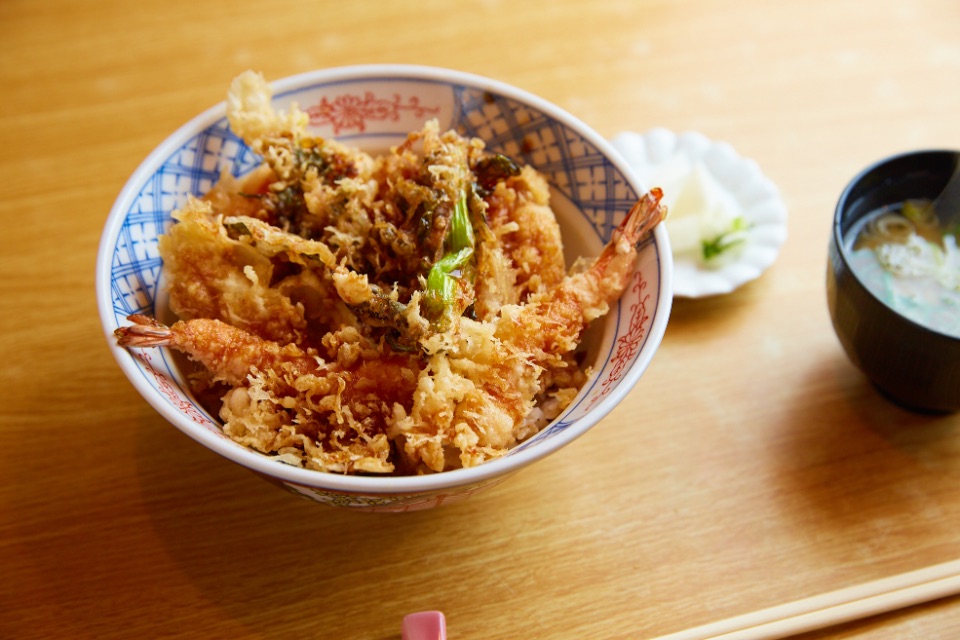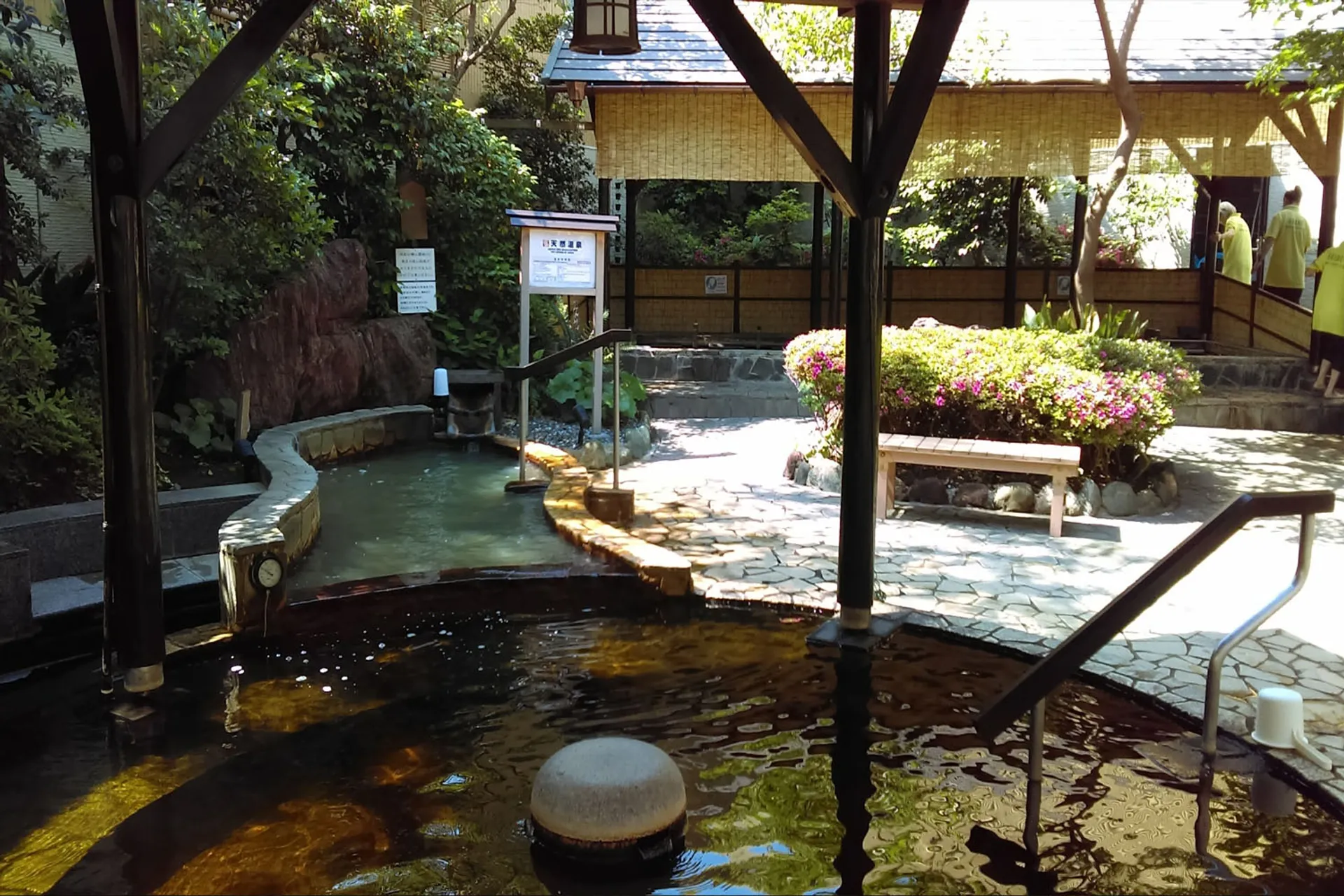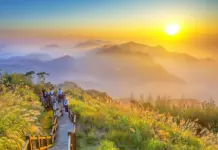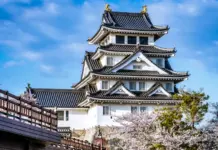Tokyo is a wonderful and very addictive city. There are countless interesting and great things in Tokyo that you should experience from famous scenic spots, historical temples, shrines to signature Japanese culinary culture. Take a full week to fully appreciate the beauty of this city. We hope the itinerary below will be a perfect suggestion to help you enjoy 7 memorial days in this bustling mega city of Tokyo!
- Cherry blossom Tokyo 2025 forecast — 14 best places to see cherry blossoms in Tokyo
- Tokyo fall foliage forecast 2025 — When & 13+ best place to see autumn leaves in Tokyo
- Tokyo itinerary 5 days. Where to go, what to do, how to spend 5 days in Tokyo for the first-timers?
- Tokyo best parks — 10+ best & most beautiful parks in tokyo
- Ikebukuro blog — 7+ best places to go & top fun things to do in Ikebukuro
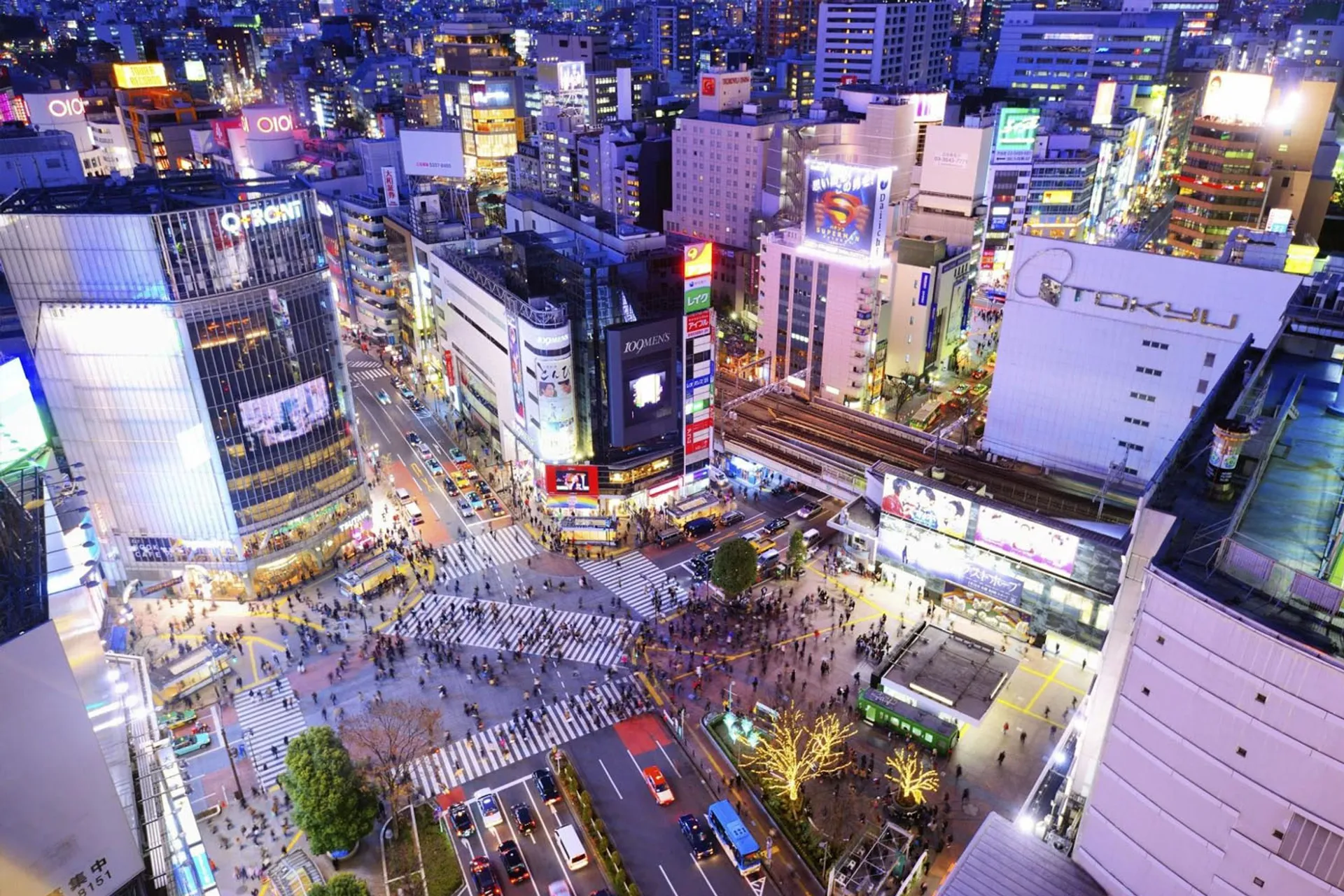

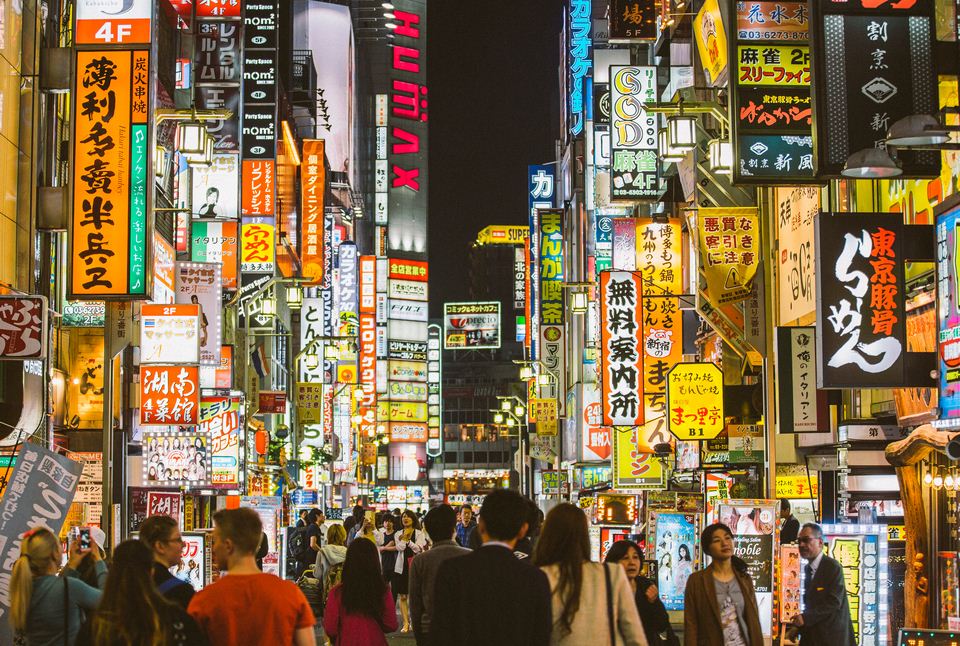
How many days in Tokyo is enough, how many days should you spend in Tokyo? It depends on your time, a 3 or 5 days itinerary is also relatively enough. But if you want to discover deeper a little, 7 days is needed. So, what to do in Tokyo for 7 days? Let’s check out our suggested Tokyo itinerary 7 days blog on how to spend 7 days in Tokyo (seven days in Tokyo, Tokyo itinerary 1 week, Tokyo travel itinerary 7 days, 7 days in Tokyo budget) on a budget to help you discover the capital city of Japan as well as the world’s cuisine of the world!
Day 1: Shibuya, Harajuku & Meiji Shrine (#tokyo itinerary 7 days)
Where to stay in Tokyo: Shibuya
Choosing a good hotel to stay in Tokyo is a dilemma, in a extremely large city like Tokyo, you have many options, but most importantly, the place must be convenient for travel, so that you can easily explore the the most prominent places of the city.

If you are flying from Hanoi to Tokyo, the best areas to stay in Tokyo include: Shinjuku, Ginza and Shibuya. Other convenient places are Marunouchi, Roppongi, Nihombashi, Shinagawa, Hamamatsucho, Shiodome and Asakusa.
We chose Shibuya Excel Hotel Tokyu (Agoda, Booking), a hotel in Shibuya district. Shibuya is a great central district in Tokyo and mainly attracts young people, where it is a popular shopping and entertainment spot. Bustling, vibrant major intersections, fashion stores, countless restaurants and bars with vibrant nightlife for you to explore.
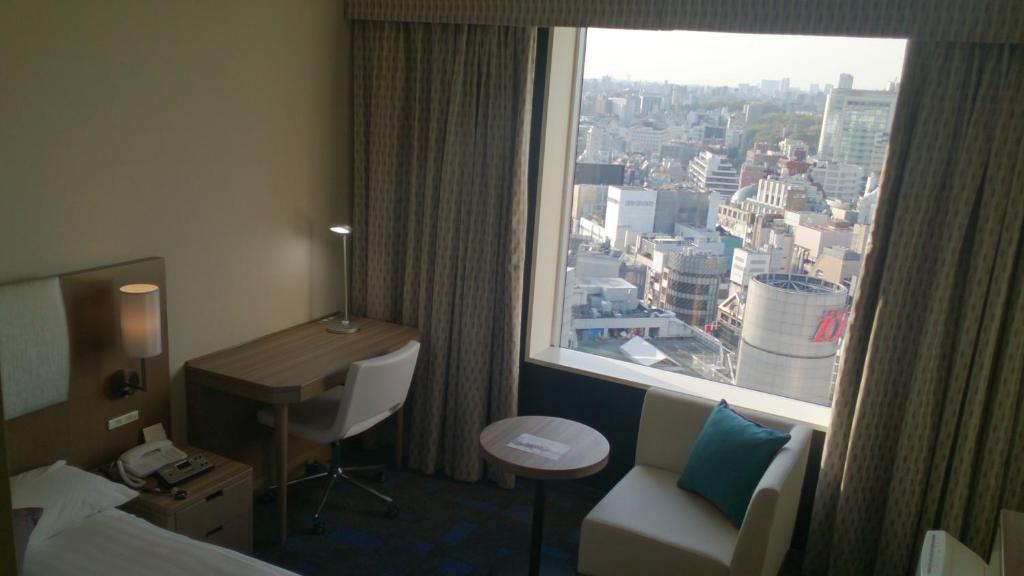
Omotesando & Harajuku Avenue
After checking-in and resting at the hotel, we walked along Omotesando Avenue, admiring the architecture of top designers along the avenue. On Omotesando, there are many fashion boutiques, first of all, Omotesando Hills is a large-scale business establishment, in addition, there are many Japanese, Western, and Chinese cuisine restaurants along with Beauty Salon, Nail salon, grocery stores, entertainment venues like Live House. You should visit Oriental Bazar located on the avenue, a shop that offers high-end goods and souvenirs from Japan that are strange and unique.
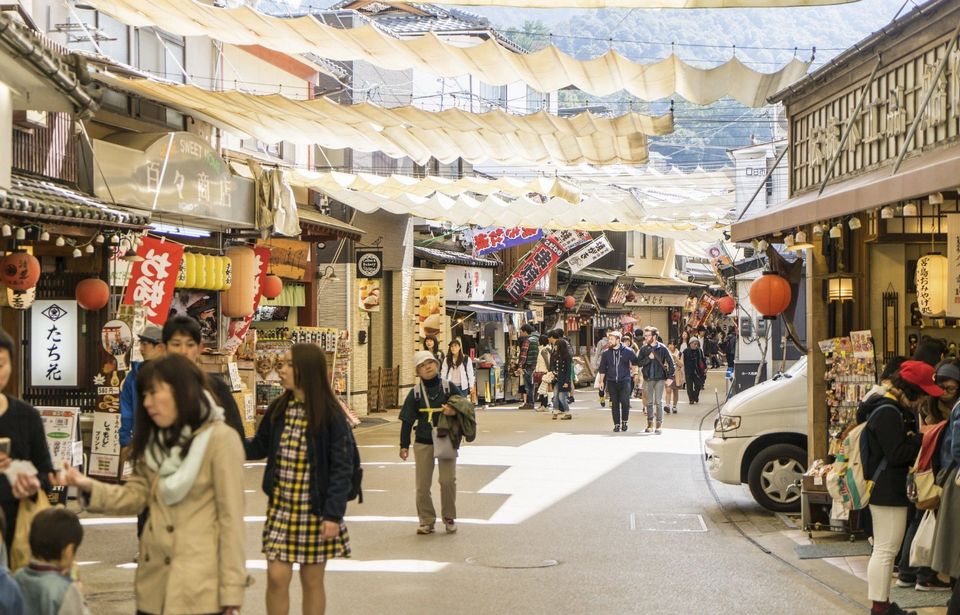
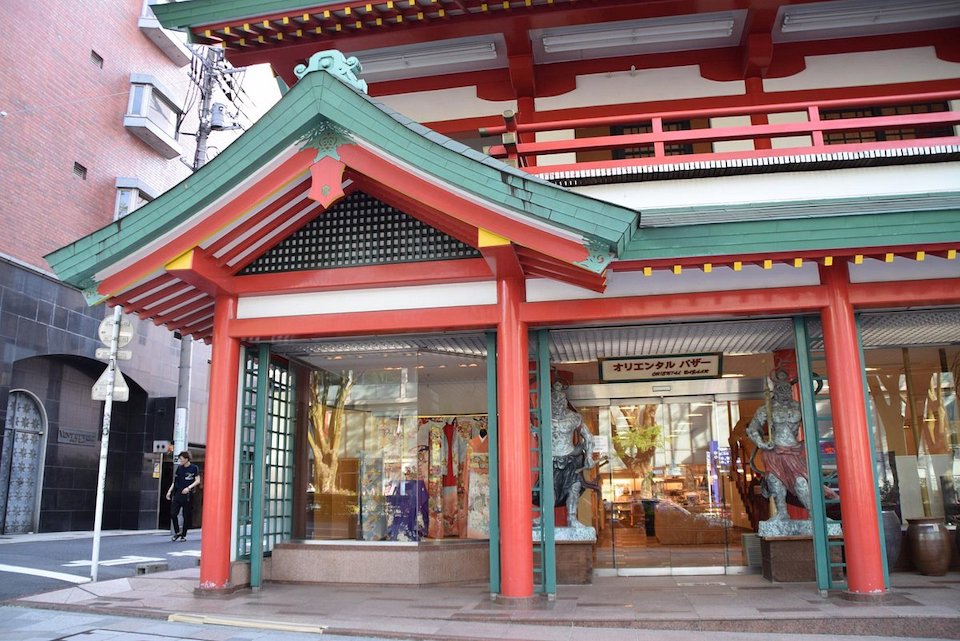
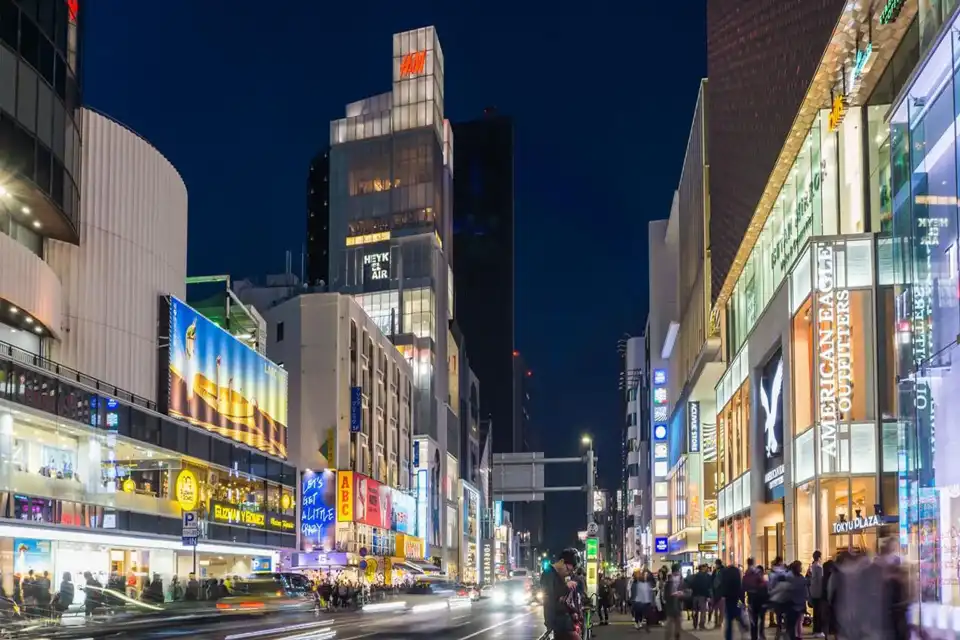
On the way to Meiji Shrine, you will pass through the famous Harajuku neighborhood with colorful fashion shops on both sides of the road. Crepes are a feature here, so you should try a super sweet crepe from one of the dozens of crepe shops in the area.
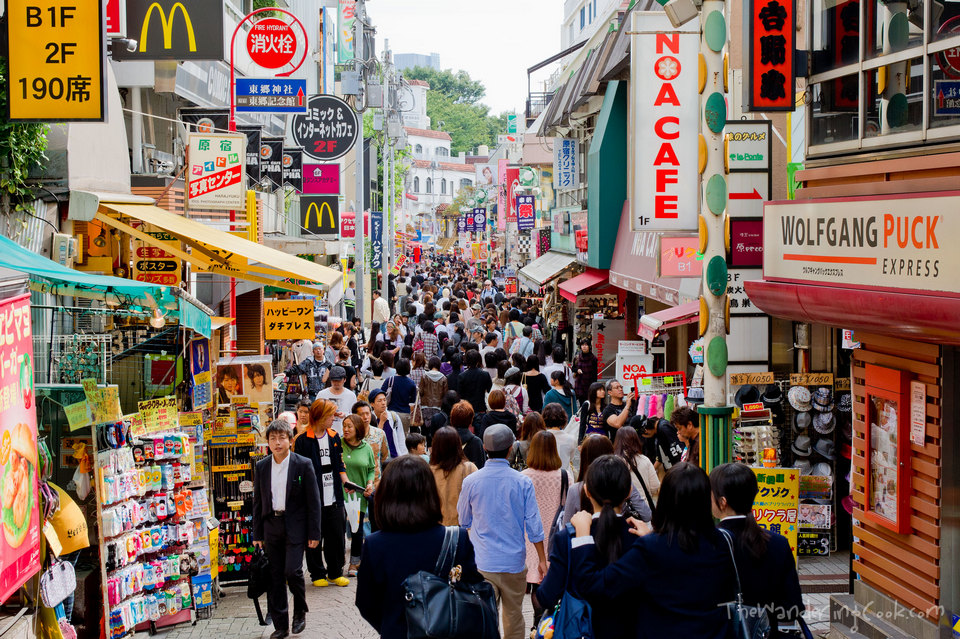

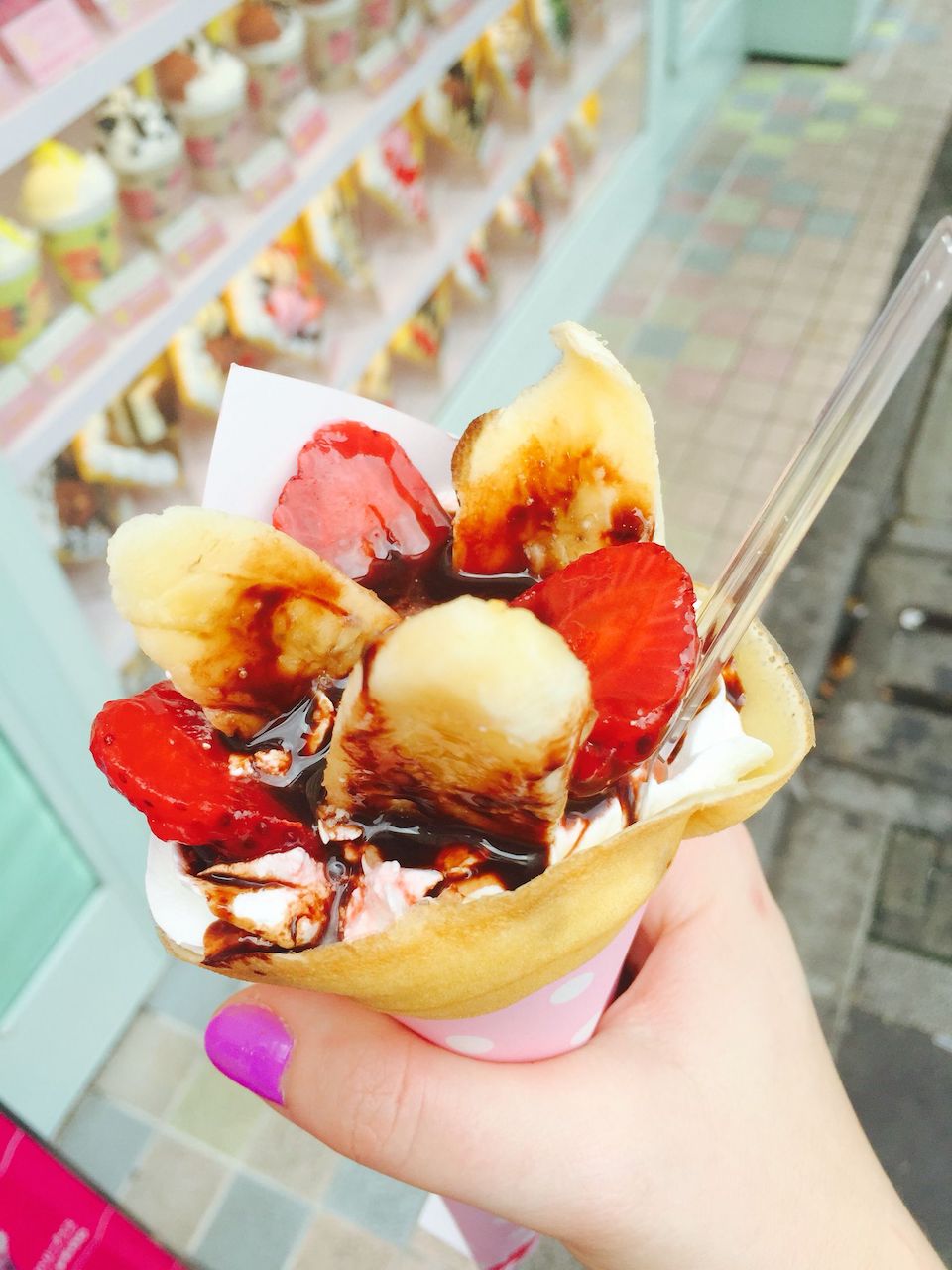
Meiji Shrine & Yoyogi Park
Begin your exploration of Japanese culture and history with a visit to the sacred Meiji Shrine (Address: 1-1 Yoyogikamizonocho, Shibuya City, Tokyo 151-8557, Japan/Hours: 5:40AM–4:40PM). It is a Shinto shrine dedicated to the divine spirits of Emperor Meiji and his wife, Empress Shōken. Its long walkways and quaint atmosphere through centuries-old trees make it one of the most visited shrines in Tokyo.

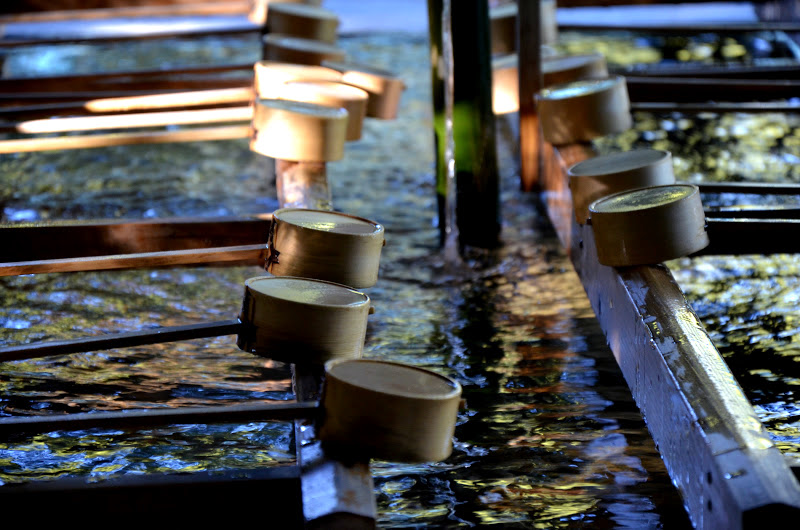
We spent the rest of the day strolling in the nearby Yoyogi Park (Address: 2-1 Yoyogikamizonocho, Shibuya City, Tokyo 151-0052, Japan/Hours: Open 24 hours). Fortunately, when we came here, the weekly Yoyogi Flea Market was taking place, which was quite unique and interesting.
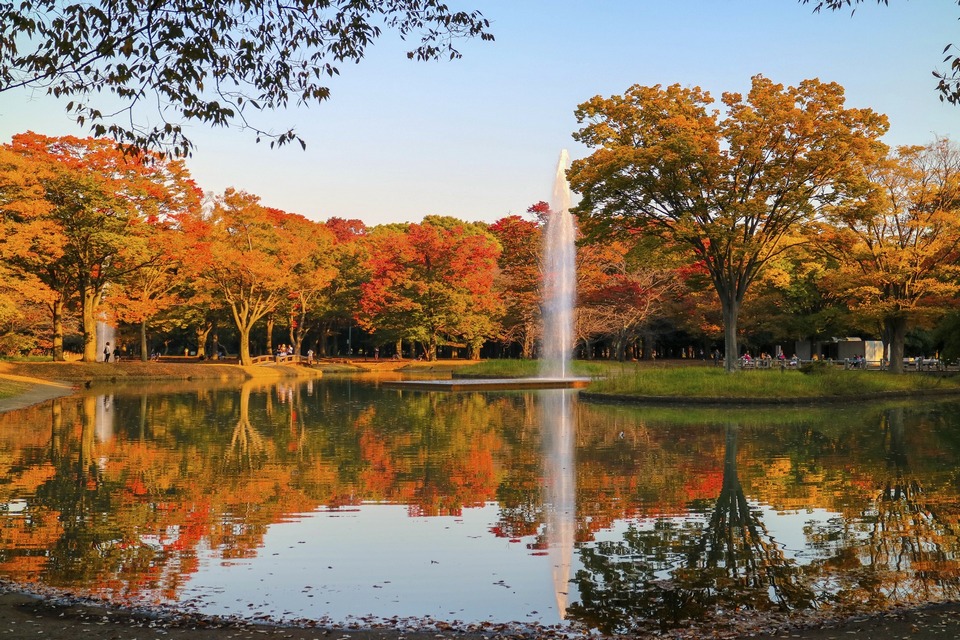
Day 2: Shinjuku, Minami-Aoyama & Nishiazabu (#tokyo itinerary 7 days)
Tokyo Metropolitan Government Building
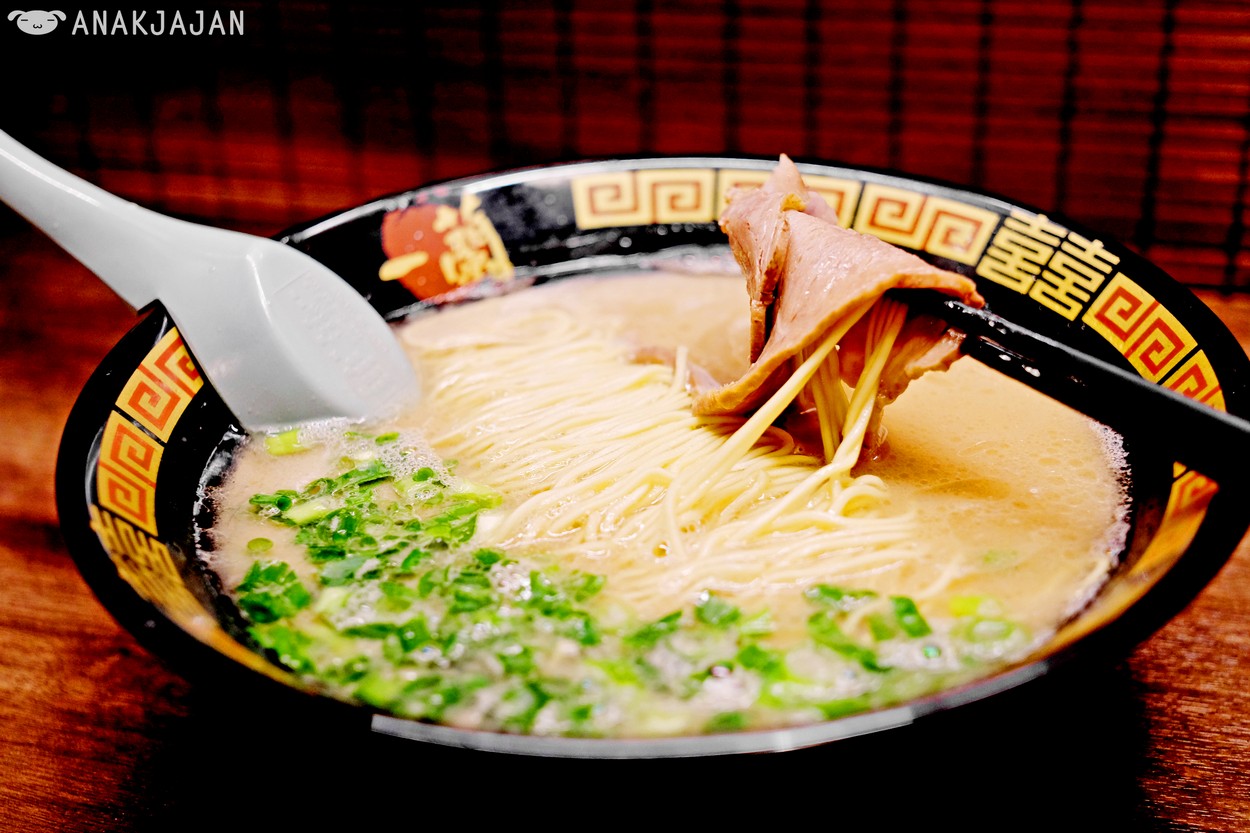
In the morning, after enjoying a large, filling bowl of ramen for breakfast at Ichiran Shibuya restaurant, we headed to Shinjuku to visit the free Observation Deck atop the Tokyo Government Building. From here you can see an impressive view of the vast and endless city of Tokyo.
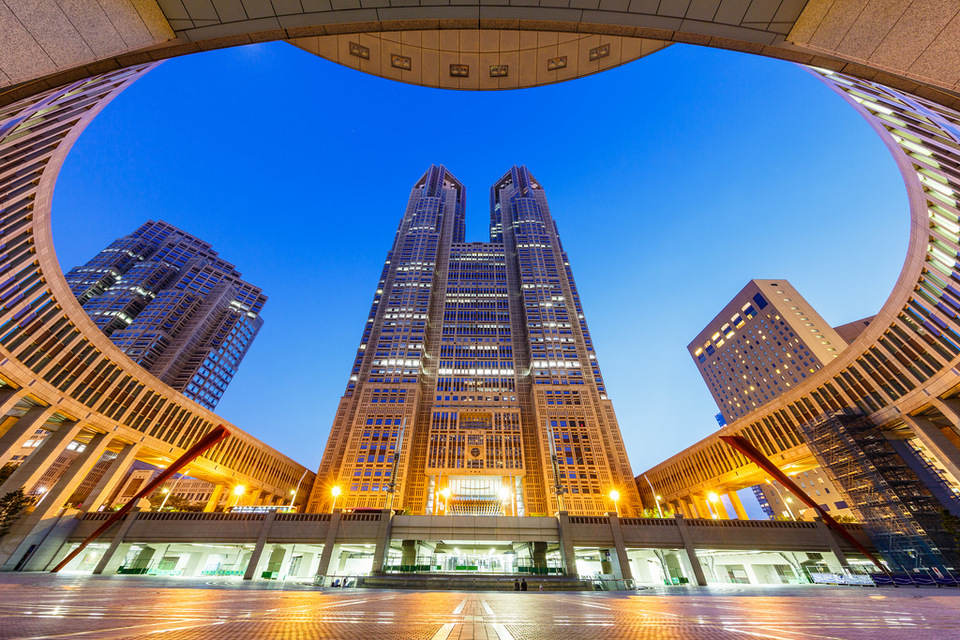
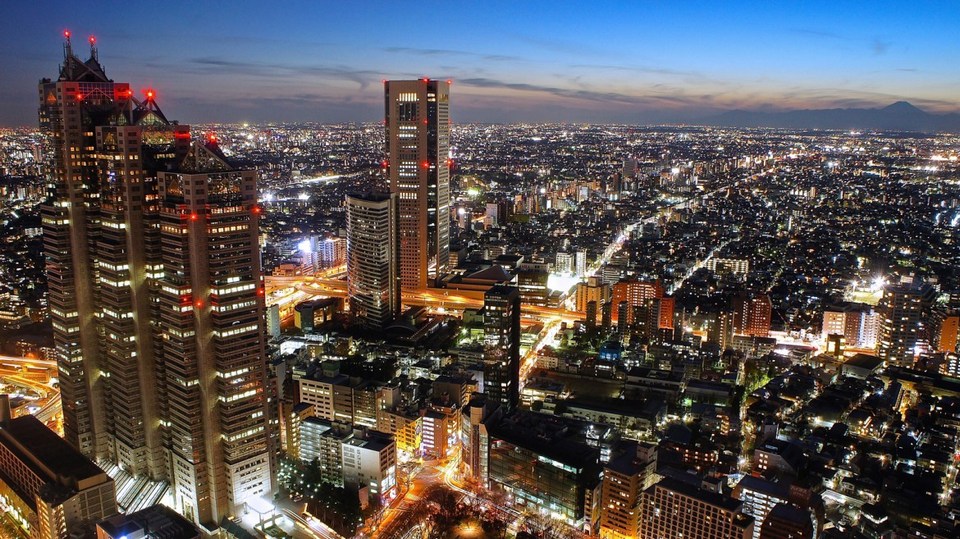
Address: 2 Chome-8-1 Nishishinjuku, Shinjuku City, Tokyo 163-8001, Japan
Hours: 8:30AM–5PM/Saturday; Sunday: Closed
Minami Aoyama (#tokyo itinerary 7 days)
In the afternoon we went to the wealthy Minami Aoyama neighborhood, commonly known as Tokyo’s West Village. Like Nishiazabu, Minami Aoyama is relatively peaceful, devoid of tourists and full of fashion boutiques, restaurants and cafes lining its charming streets.
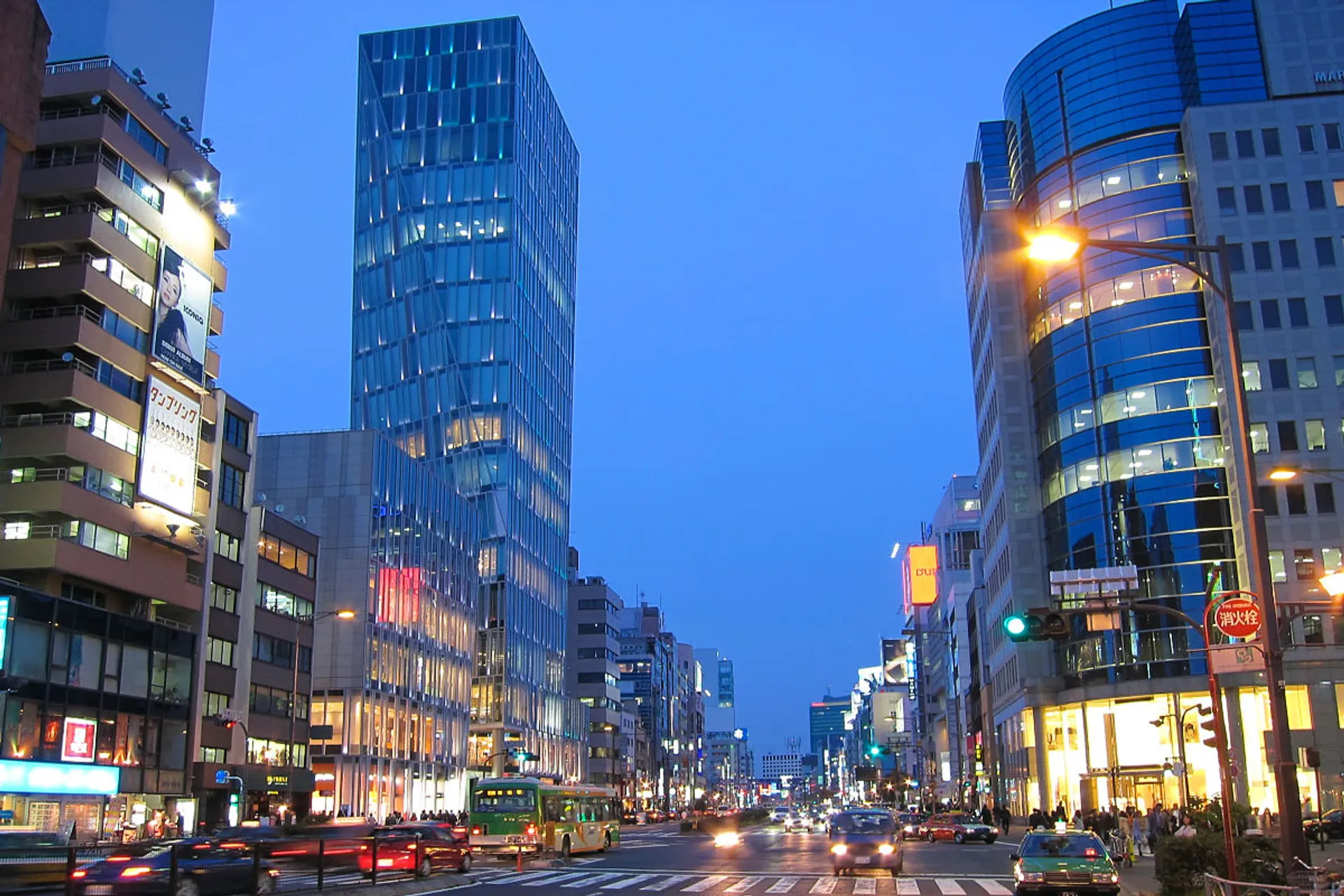
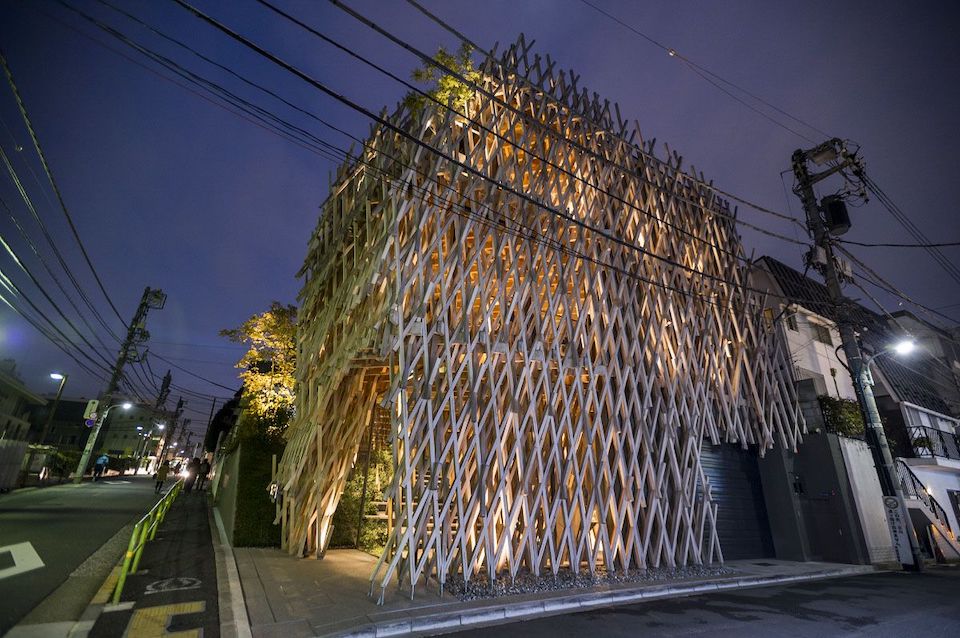
You should go for tea at Aoyama Flower Market TEA HOUSE (Address: 5 Chome-4-41 Minamiaoyama, Minato City, Tokyo 107-0062, Japan/Hours: 8AM–7PM), a beautiful greenhouse and flower cafe. The entire cafe space is decorated with colorful seasonal flowers. Aoyama Flower Market Tea House serves a variety of teas and herbs such as rosemary, mint and pineapple mint, as well as delicious dishes and desserts such as parfait and French toast. This is a perfect place to relax for flower lovers that makes you feel like you are lost in a fairy tale world full of flowers.
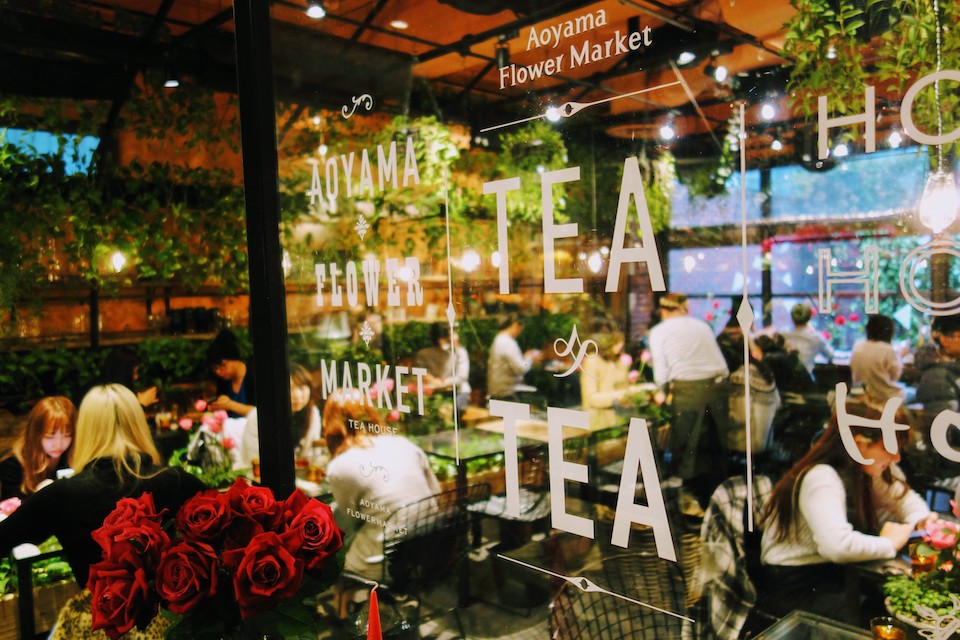
Dinner and drinks
If you have been to Japan, you should explore the typical local cuisine. Tokyo can be considered the world’s cuisine capital, you have a lot of restaurants to choose from sushi, Kobe beef, ramen, udon,… at the best restaurants. And we decided to choose a sushi restaurant right in Shibuya, Sushi no Midori restaurant (Address: 1-12-3 Dogenzaka Shibuya Mark City East 4F, Shibuya 150-0043 Tokyo Prefecture/Hours: 11AM–3PM, 5–10PM/Saturday; Sunday: 11AM–10PM) located along the food street in Mark City.
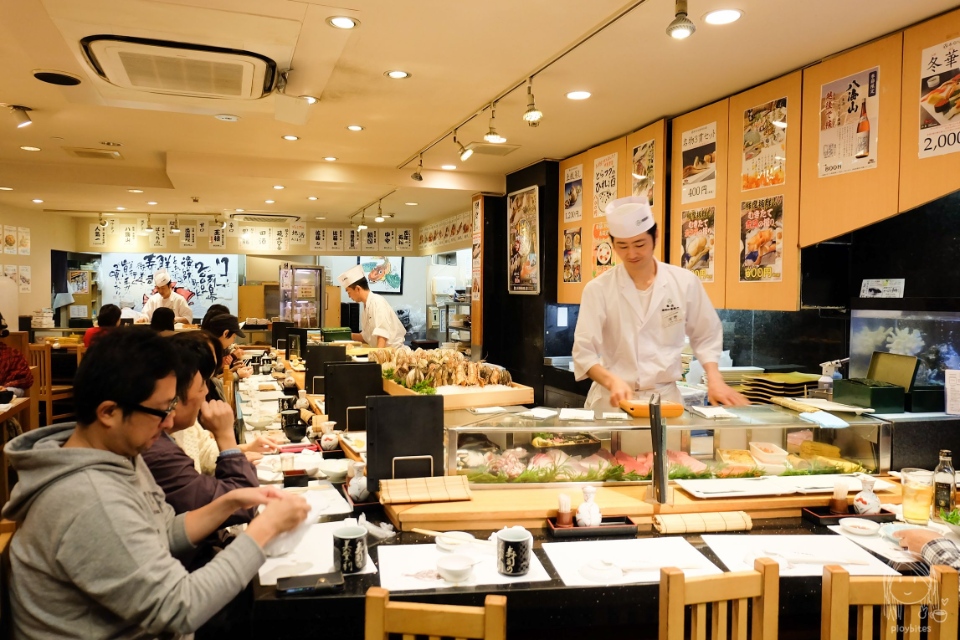
You can also choose some other restaurants such as Edo Sushi Tokyo Ten, located in the super mall complex Shibuya Stream, or Katsu Midori Seibu Shibuya or Genki Sushi.
Upon entering the restaurant we were seated right at the counter, the area has some great seats giving us a perfect view of the four chefs crafting their sushi creations. After looking at the menu, we ordered Upper Sushi-Assortment and Soup. They first brought us a bowl of ‘Miso Soup’ with green tea. When the main meal is ready, it is presented on a wooden plate, atop a large leaf where each piece of sushi is creatively placed as if it were a work of art.

The sushi rice is nicely seasoned and smooth while the fish is fresh and delicious. The fatty tuna portion is very impressive, the fat melts in the mouth and disappears quickly. The seafood here is very fresh, meticulously processed to create delectable sushi pieces. At the end of the meal new cups of green tea are served, replace the original cups, providing a natural sweetness after-dinner.
If you don’t want to go back to your hotel to rest after a long day, you can visit some of the roadside bars to have a few cocktails, relax with soft music or enjoy some of their desserts.
Day 3: Yanaka Ginza and Ueno (#7 days in tokyo)
Starting our third day with a fragrant cup of coffee after a breakfast of toast at a small cafe, we decided to visit Northern Tokyo with its historic Yanaka neighborhood, Ueno park and the magnificent Senso-Ji temple.
Yanaka Ginza
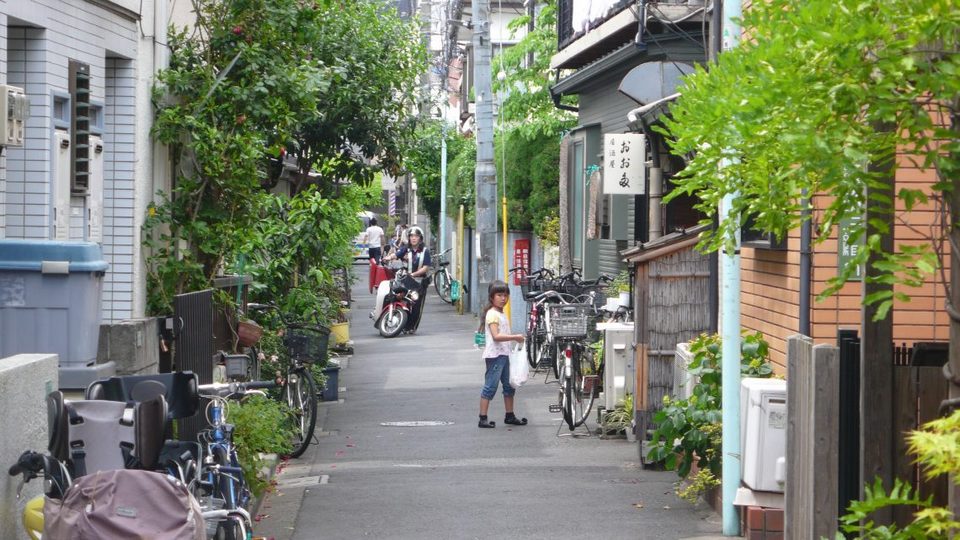
Yanaka Ginza is one of the best shopping streets in Tokyo, with its old town and numerous shops large and small. You can wander through the streets to shop, eat, this is definitely a great place to buy unique, traditional souvenirs and try local dishes, especially street food.
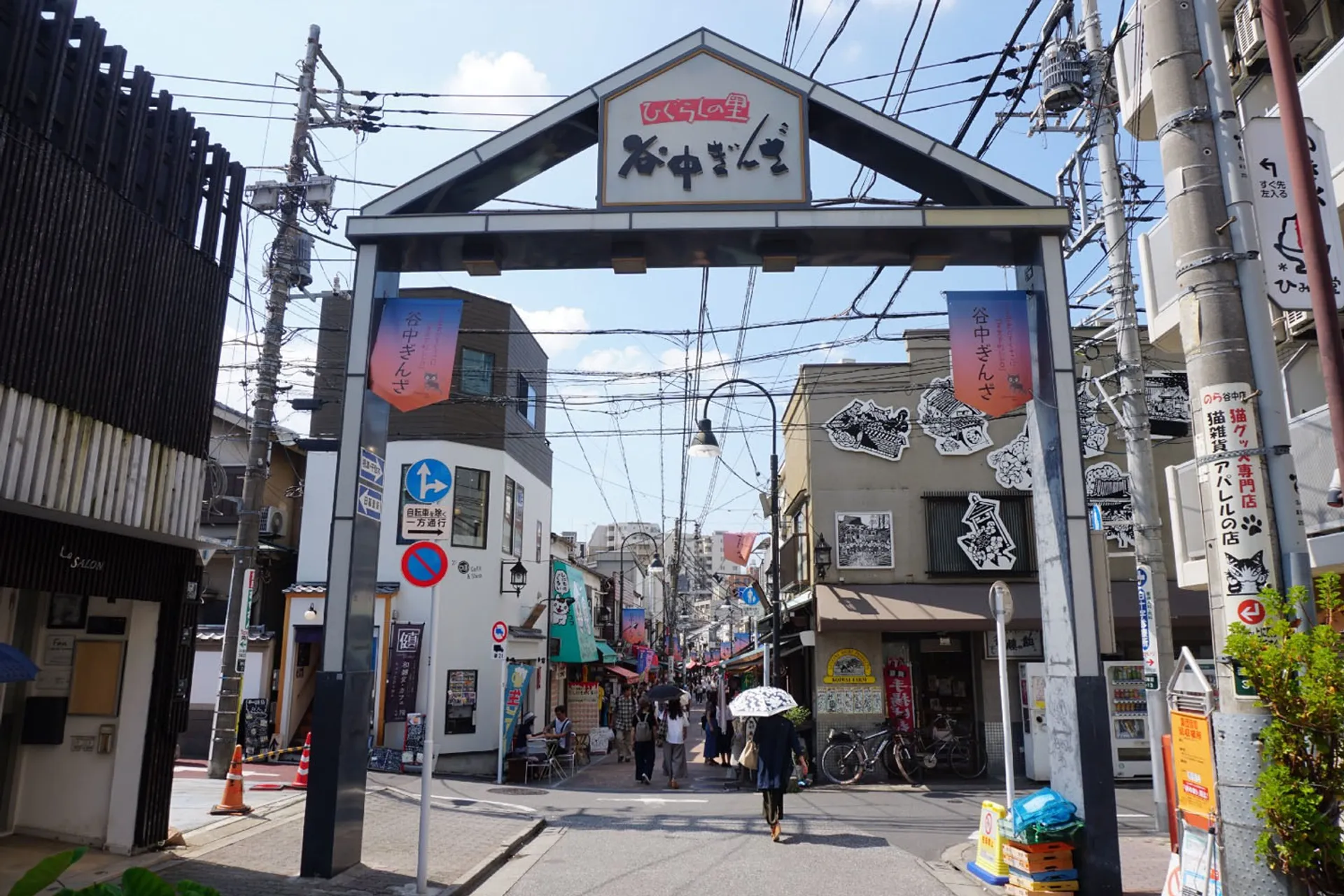
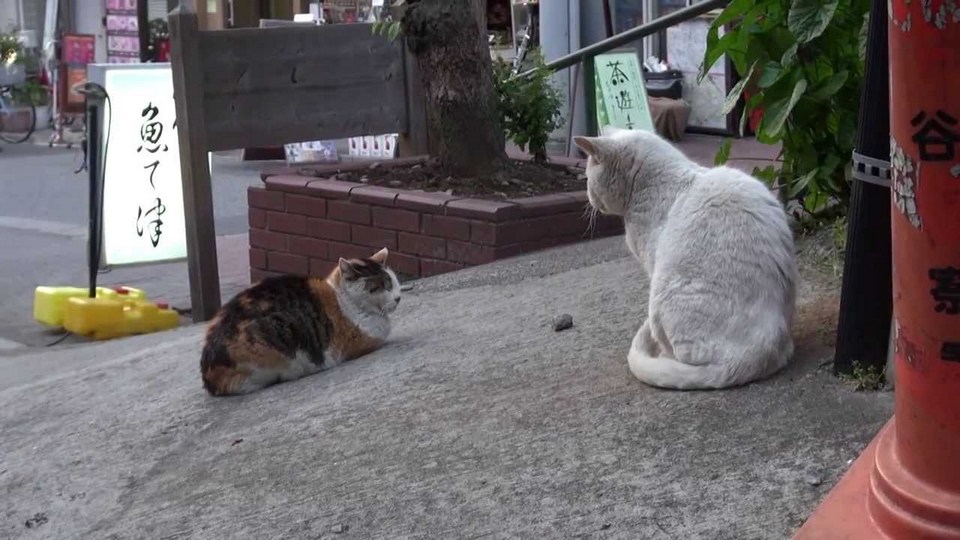
Ueno Park (#7 days in tokyo)
Near Yanaka is Ueno Park, another giant park in Tokyo. We walked around the park and came to the big lake inside the park. To our surprise, the lake was vast and barely visible under a thick layer of giant lilies!
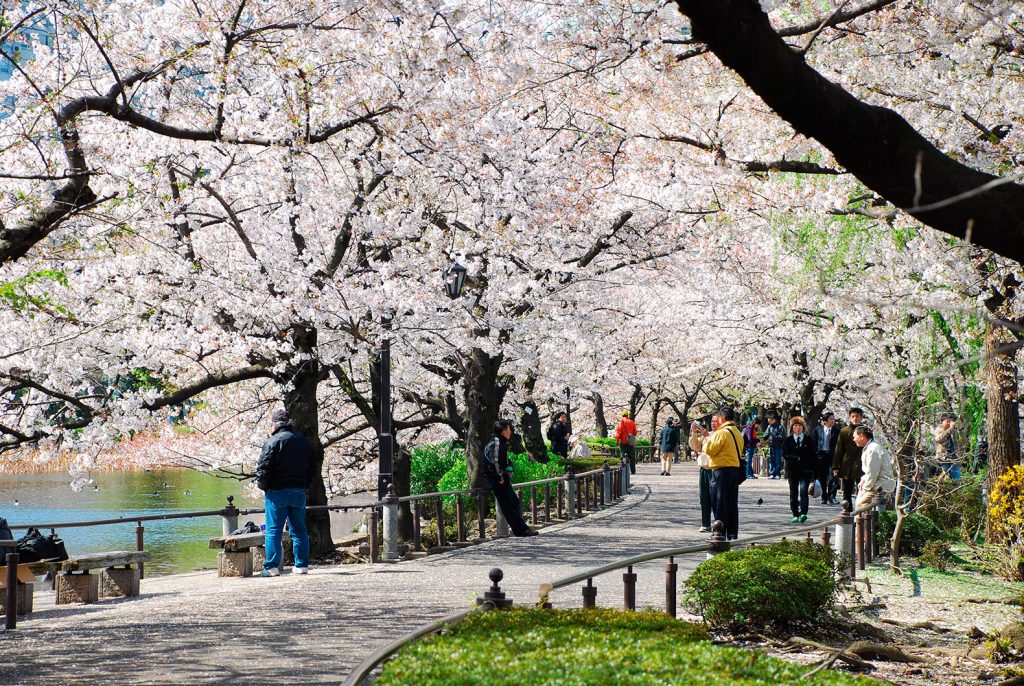

Address: Uenokoen, Taito City, Tokyo 110-0007, Japan
Hours: 5AM–11PM
Ueno Street
At the other end of the park is the neighborhood of Ueno. Here you will find the famous Japanese soft drink vending machine, Calpis. There are vending machines everywhere in Tokyo and most of the soft drinks have special flavors that you can hardly taste in other countries, don’t wait but choose a drink you like right away!
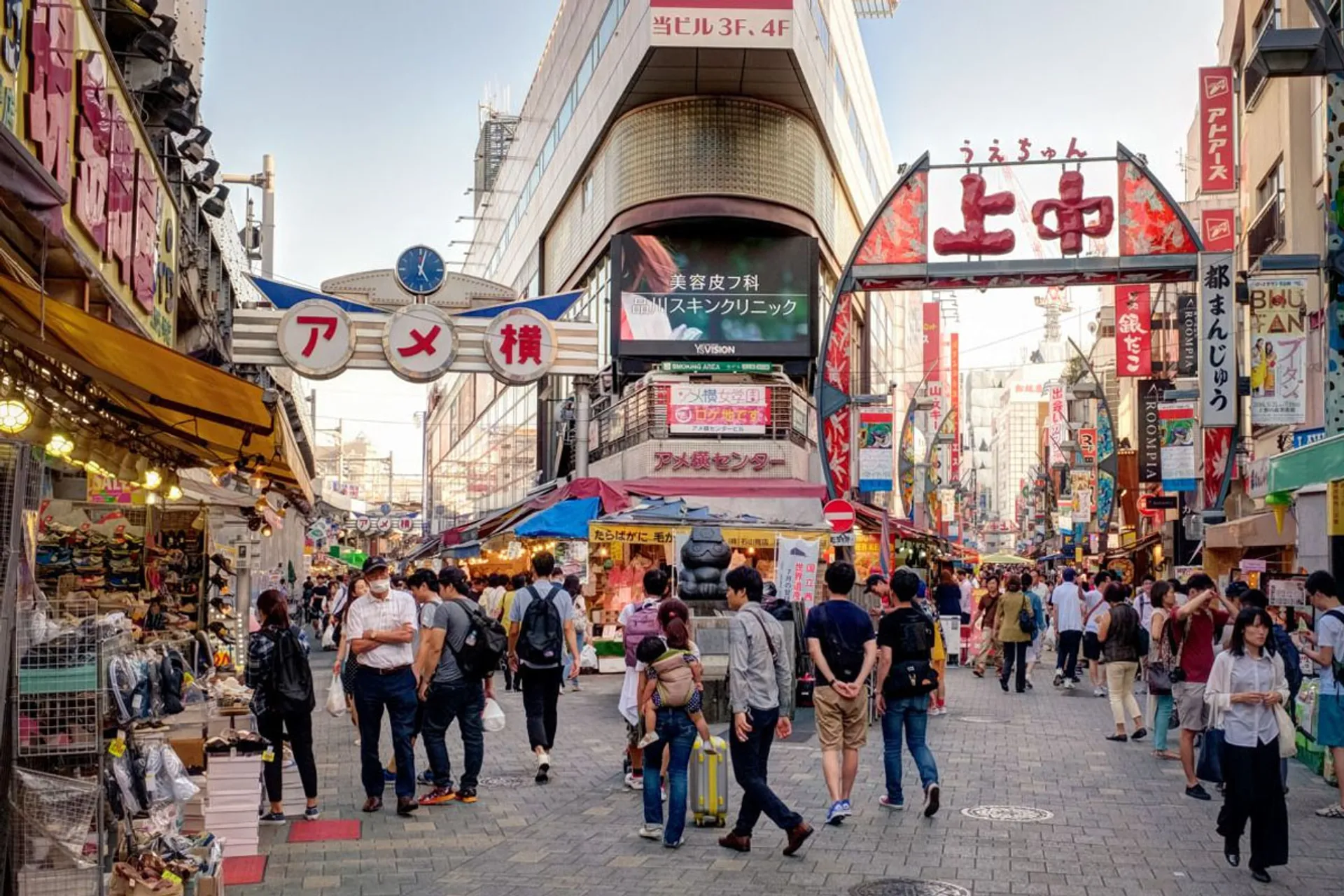
In Ueno, each block specializes selling in different things. We first passed a street full of shops selling all kinds of worship items. Then we saw the famous cooking area, which sells appliances, cooking utensils and plastic figurines of dishes that restaurants often use to present to diners.
Dinner

We stopped by Sometarō, an Okonomiyaki restaurant where you can cook your own okonomiyaki at your table (help is available). Okonomiyaki is a Japanese dish a bit like an omelette, with pork, cabbage and a special okonomiyaki sauce. It is delicious and quite easy to make yourself. You are definitely to have an enjoyable dinner here.
Address: 2 Chome-2-2 Nishiasakusa, Taito City, Tokyo 111-0035, Japan
Hours: 12–2:45PM, 5:30–8:15PM/Tuesday, Wednesday: Closed
Senso-Ji Temple
After dinner, we visited the magnificent Senso-Ji temple. This is Tokyo’s oldest and most important temple, built in 645. Although destroyed during World War II, it was later restored.
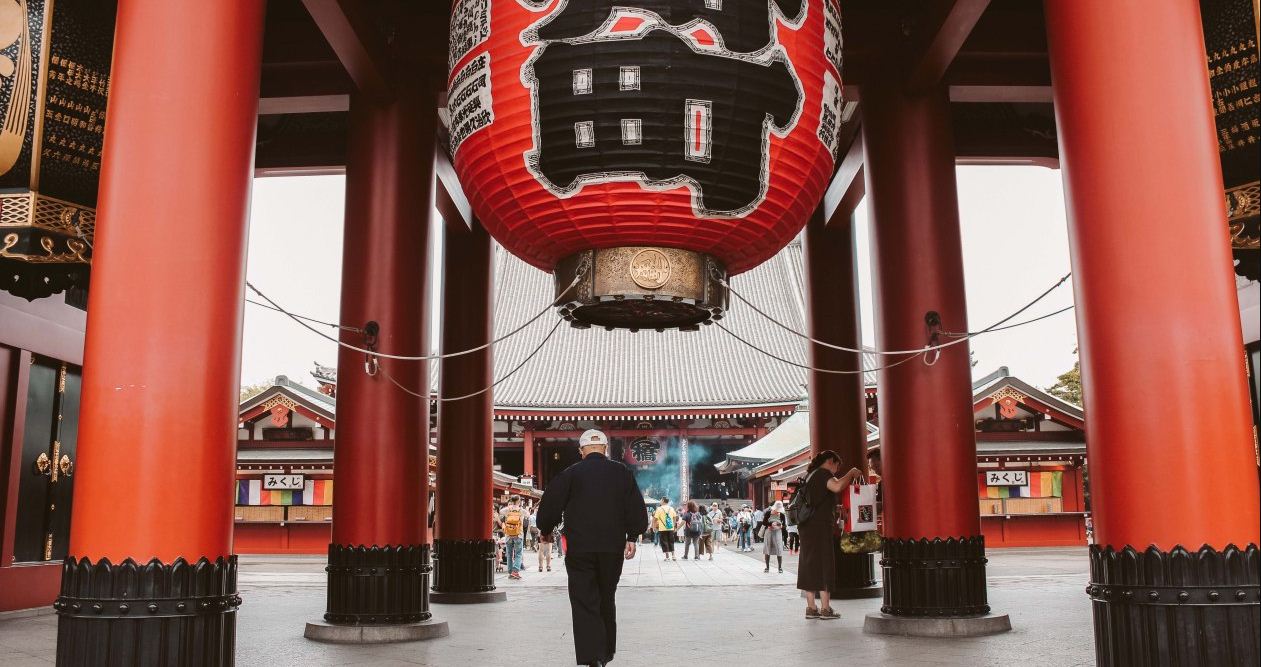
Senso-Ji is surrounded by the bustling Nakamise Dori Market, and the surrounding streets are filled with yakitori and izakaya shops and stalls. Many Japanese people visit the shrine and pay their respects. This is the place where the development of Edo culture was concentrated, and even now it still retains the ancient atmosphere of the Edo period. At the Kaminarimon gate at the entrance to Senso-ji Temple, there is a giant lantern hanging in the middle of the gate, which is famous all over the world. The official name of this gate is Fujin Raijin mon (Gate of Thunder God and Wind God), on the right is a statue of the God of Wind, on the left is a statue of the God of Thunder. It is the landmark of Asakusa and also a popular photo spot.
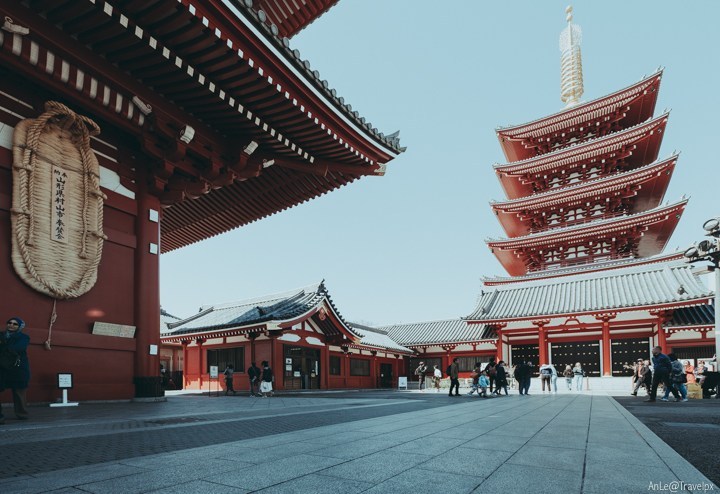
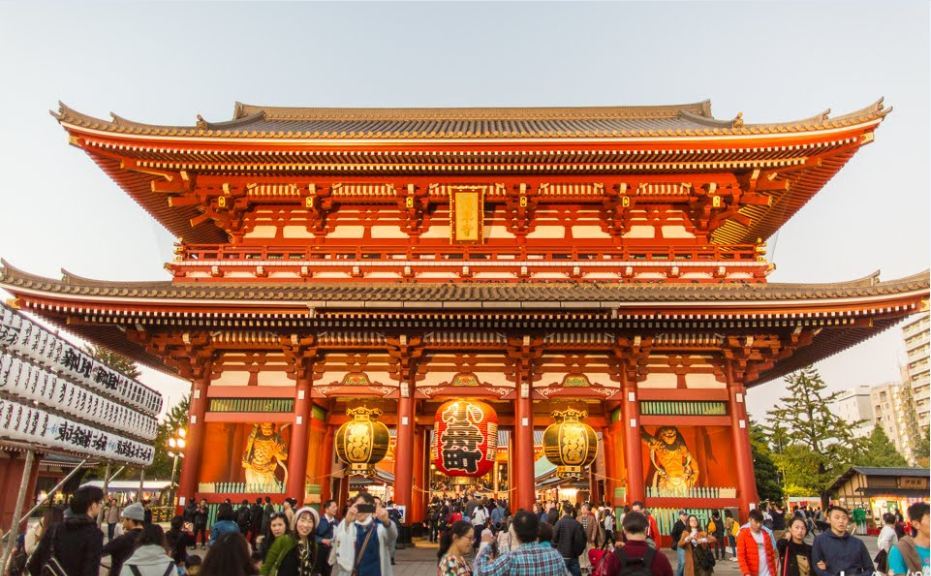
Day 4: Mount Fuji & Hakone (#seven days in tokyo)
Fuji mountain
Referring to Japan, you will immediately think of the majestic peak of Mount Fuji covered with white snow, right? Mount Fuji is only 2 hours from Tokyo so a day trip there is perfectly suitable. If you’re inexperienced, book a day tour on the Klook to Mount Fuji and the area around Hakone.

On the way to Mount Fuji, the guide was very enthusiastic to introduce us to the history of Tokyo. It’s a bit pity that there are no stops to take panoramic photos of this famous and beautiful mountain. If you have more time, you should carefully choose a special tour to a place where you can stop and see this famous Mt Fuji.
There are ten stops on the way up to Mt. Fuji and we drove to the fifth station, the mountain is very high, if you want to go all 10 stations it can take a whole day. It was autumn, you will admire the brilliant yellow, orange and red foliage of the forest, each red leaf blowing in the wind, the clear blue sky on the mountain top, the fresh and relaxing air, everything is absolutely wonderful.
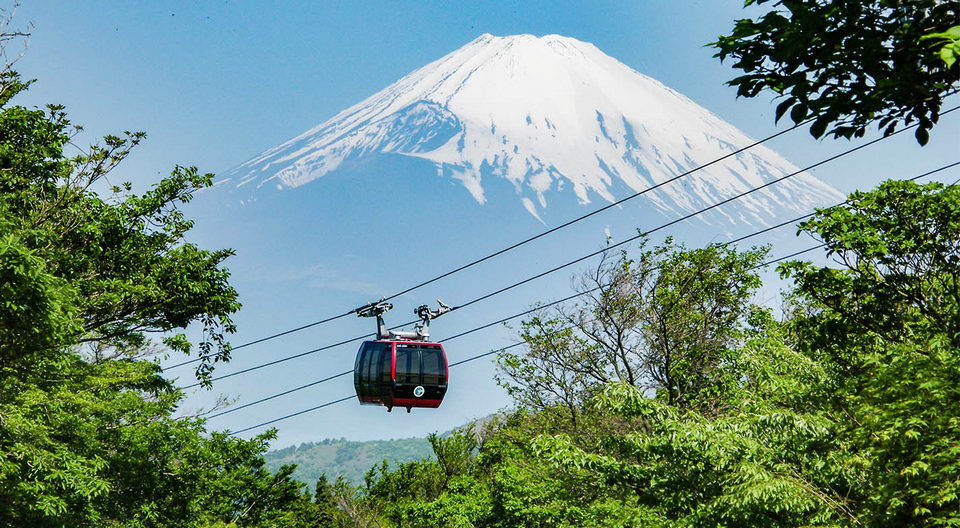

There is a gift shop at the fifth stop, which is crowded and full of small souvenirs about the character of Mount Fuji, perfect for keeping as a souvenir of this trip.
Lake Ashi, Hakone (#seven days in tokyo)
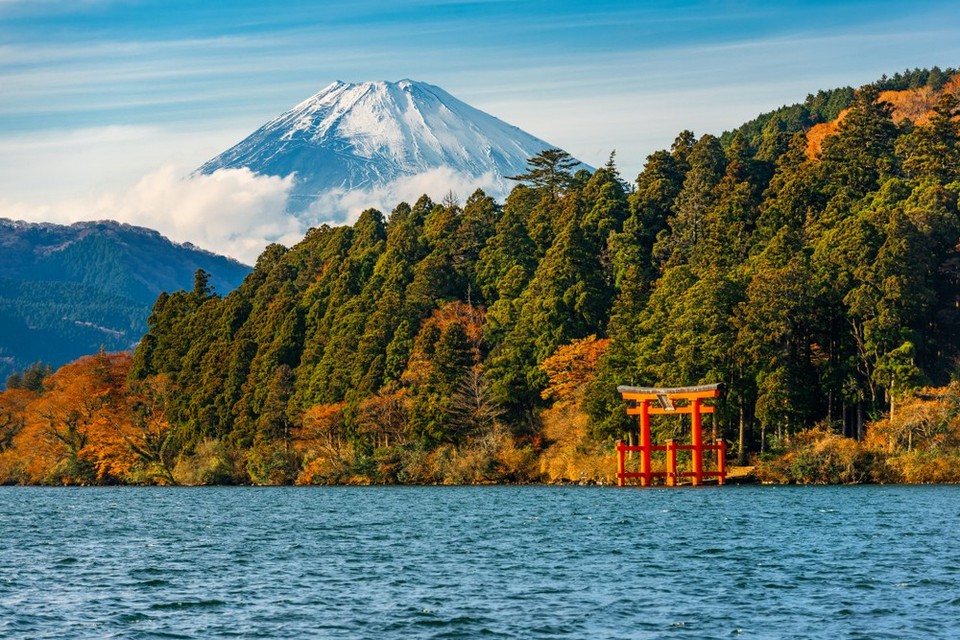
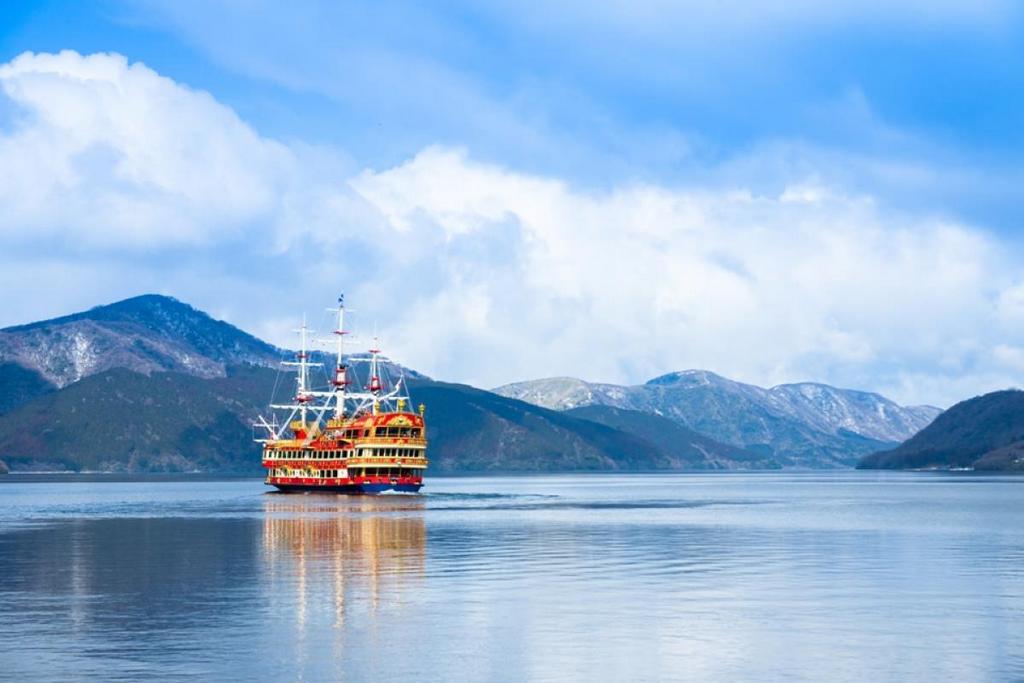
After going down from the mountain, we went to visit Lake Ashi in the Hakone area. The lake is quite large, clear blue ripples. Crossing Lake Ashi will arrive at the cable car station to the top of Mount Hakone. Halfway up the mountain, we were covered in clouds and fog. When we reached the station at the top of the mountain, fog and clouds surrounded us like you were walking on clouds.
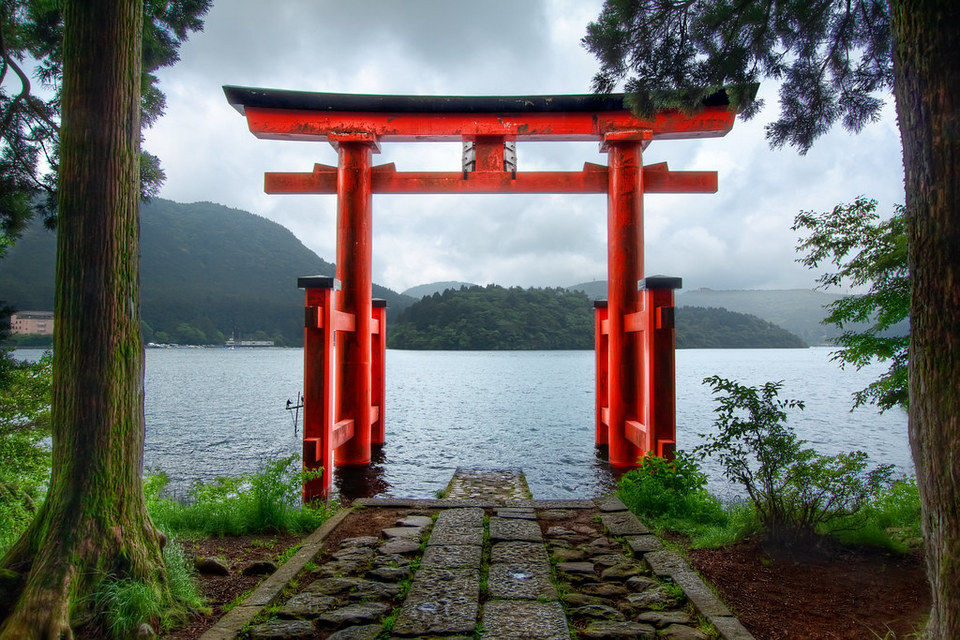
Dinner in Ginza

At the end of the day, we took the bullet train back to Tokyo and stopped at Ginza station for dinner there. Ginza is Tokyo’s most upscale neighborhood with high-rise buildings, luxury department stores, and lots of delicious restaurants. We ate fried dumplings (gyoza) at Gyoza Hohei. Gyoza Hohei sells only two types of Gyoza: garlic and leek filling and ginger served with miso sauce. The dumplings are just the size of a bite, the thin, crispy crust is full of vegetables and the mild sweetness goes well with both standard sauces as well as miso sauces for a great taste. You can order additional clam soups, stir-fried meat and bean sprouts in miso sauce and rice balls and some drinks at the restaurant.
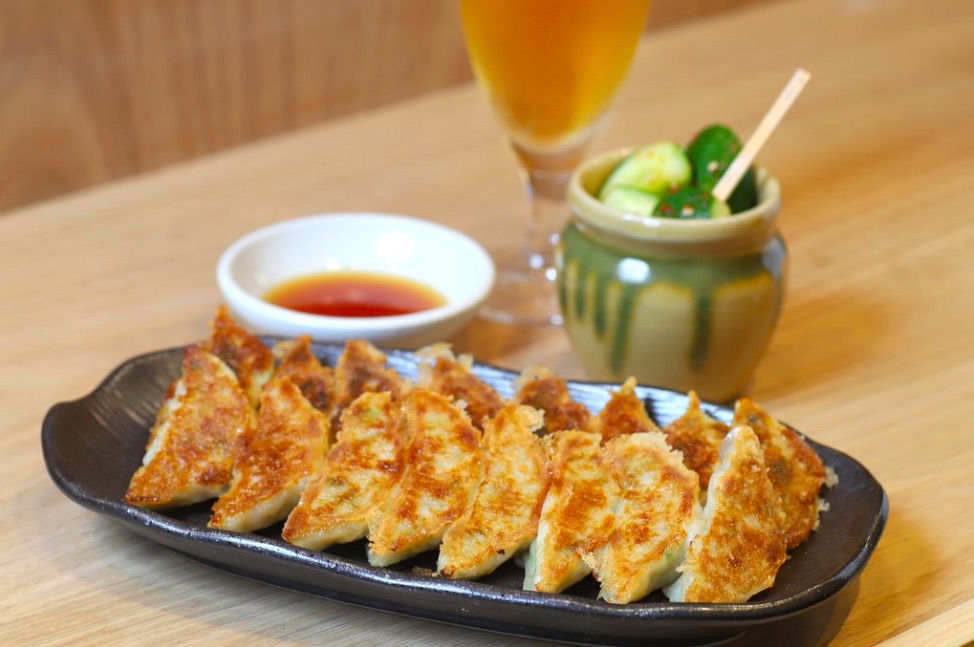
Address: 8-7-9, Ginza, Chuo 104-0061 Tokyo Prefecture
Hours: 5PM–1AM/Saturday: 12–3PM, 4–10PM/Sunday: Closed
Day 5: Imperial Palace & Tokyo Tower (#what to do in tokyo for 7 days)
Imperial Palace
On the fifth day we visited the Imperial Palace, the residence of the Emperor of Japan. The Imperial Palace grounds are as large as a park, located in the Chiyoda district of Tokyo, close to Tokyo train station, and contain many buildings including the main palace, the imperial family’s private homes, museums, and administrative offices. The palace was built in the Edo period, surrounded by ancient city walls and deep moats, the Imperial Palace exudes a solemn atmosphere, in contrast to the noisy and bustling life outside.
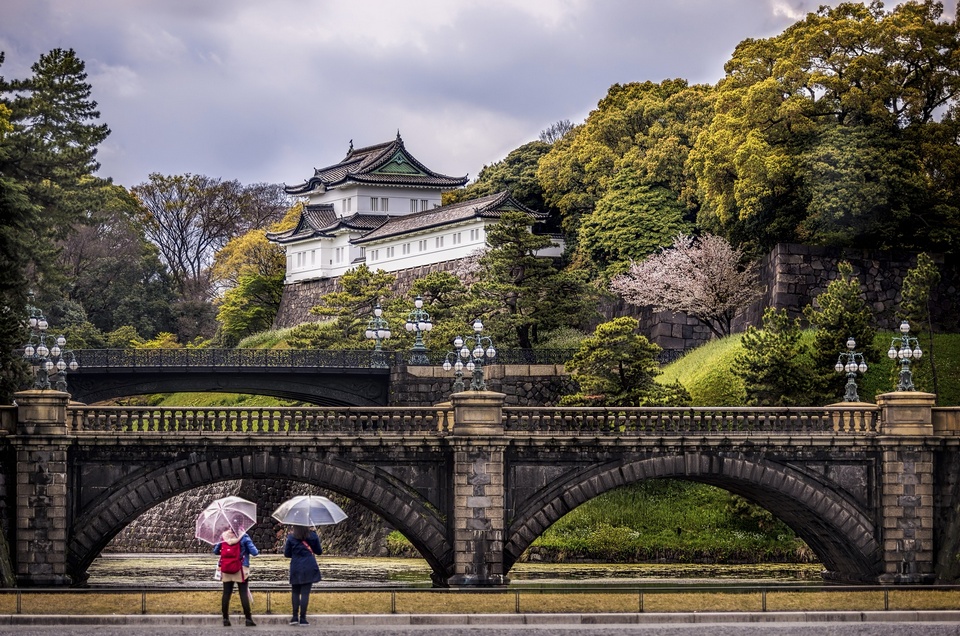
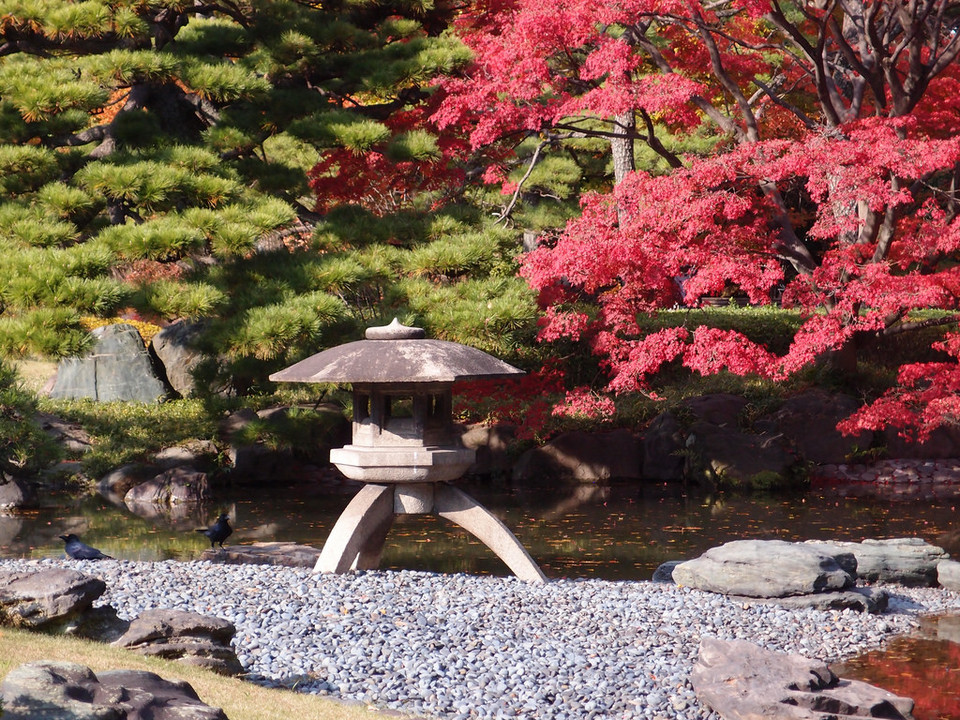
The Imperial Palace is only open to visitors twice a year, on January 2 to welcome the New Year and on the Emperor’s Birthday, at which time the Emperor of Japan will appear on the balcony to receive congratulations from the public.
Address: 1-1 Chiyoda, Chiyoda City, Tokyo 100-8111, Japan
Hours: 9–11:15AM, 1:30–2:45PM/Monday; Sunday: Closed
Tokyo Tower (#what to do in tokyo for 7 days)
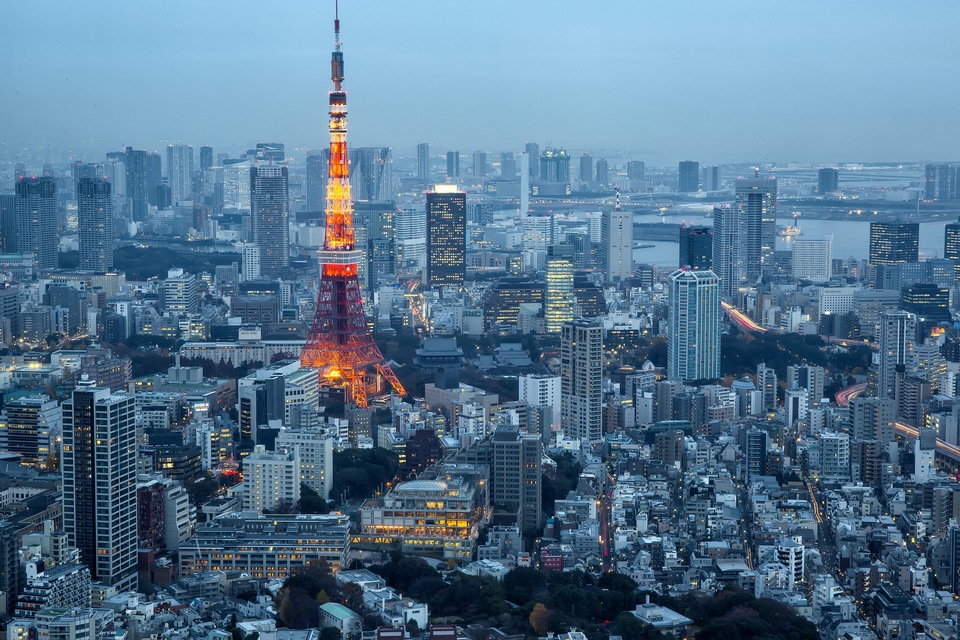
That evening, we visited Tokyo Tower – the proud symbol of the capital of the land of the rising sun. Dubbed the Eiffel Tower of Asia – Tokyo Tower in Japan is one of the tallest steel-structured towers in the world, where you can admire the whole sunrise city in a complete and splendid way. This communication and observation tower is located in the Shiba-koen area of Minato district and has a height of 332.9 meters. Every night the tower is shimmeringly lit. The lights are divided into Landmark Light – which glows towards Tokyo Tower and Diamond Vale – which glows from Tokyo Tower.
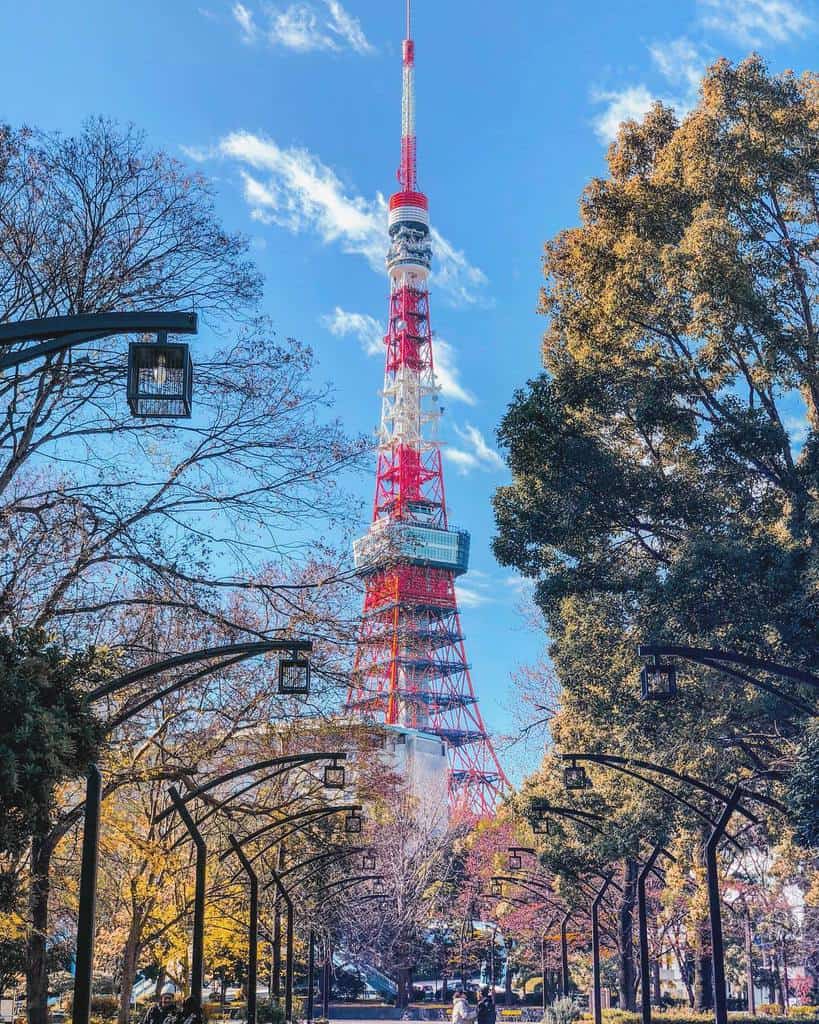
There are 3 observatories in Tokyo Tower. The large observatory on the first floor, located at an altitude of 145m, visitors can relax at the cafe “Café La Tour” while admiring the scenery. The large observatory on the 2nd floor at a height of 150m, there are many shops selling products of “Noppon Brothers”, the mascot of Tokyo Tower, there is also an observation board, there is Tower Daijingu Shrine which is very sacred in praying about love and exams. There is a special private observatory at an altitude of 250 meters, which can be accessed by purchasing a ticket at the large observatory on the 2nd floor. At this observation deck, you can zoom in to see the surrounding skyscrapers. If you come here during the day on a clear day, you can see the Tokyo Skytree and Mount Fuji in the distance.

Beneath the Tokyo Tower is a four-story building called FootTown that houses museums, eateries and shops. The first floor includes the Aquarium, a “Tower Restaurant” with a capacity of 400 guests, a convenience store and a souvenir shop. The 2nd floor is the food and shopping area. The third floor is always the area that attracts the most visitors with a museum displaying Guinness World Records and a wax statue of famous celebrities and famous art stars with life-size displays. The fourth floor and the rooftop of the building are quite special psychedelic art exhibitions.
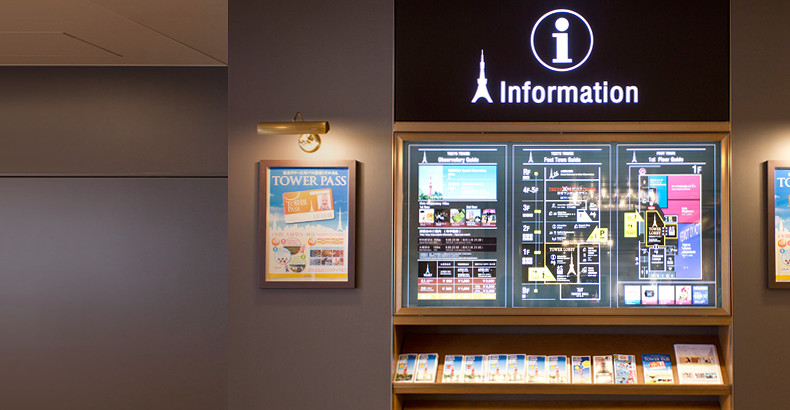
Address: 4 Chome-2-8 Shibakoen, Minato City, Tokyo 105-0011, Japan
Hours: 9AM–10:30PM
Day 6: Toyosu Fish Market and Old Tsukiji Fish Market and Hamarikyu Park (#tokyo itinerary 1 week)
Toyosu Fish Market
Toyosu Fish Market is the largest and busiest fish market in the world, famous for its early morning tuna auction. If you want to see and participate in the auction, you may need to arrive at 3 am to queue. However it was too early to wake up and catch the bus to the market so we skipped it.

Toyosu Market
Address: 6 Chome-6-1 Toyosu, Koto City, Tokyo 135-0061, Japan
Hours: 5AM–3PM/Wednesday; Sunday: Closed
If traveling by train, you can use the Toei Oedo Line, stop at Tsukiji Ichiba Station, or take the Tokyo Metro Hibiya Line, stop at Tsukiji Station and walk to the market. The restaurants here are delicious with freshly caught seafood, so be sure to stop by a Sushi or Kaisendon to try it out. However, there are still many other delicious dishes for people who can’t eat raw fish. In Teishoku restaurants, there are many cooked dishes such as grilled fish, braised fish… or Ramen, Gyudon, chicken shops.


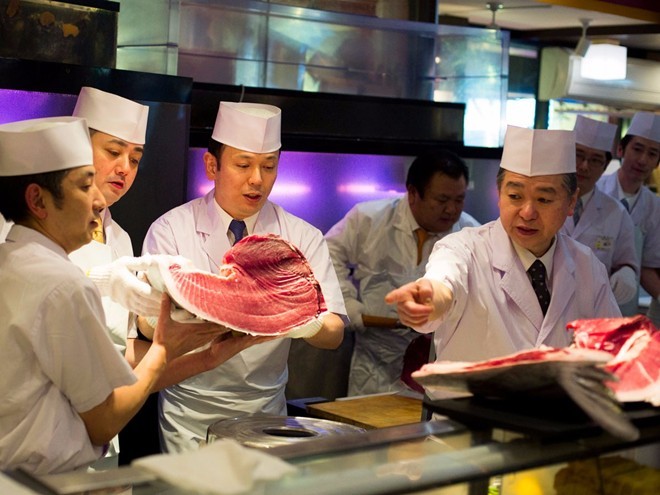
Although the old market with tuna auctions moved to the new market Toyosu but the old Tsukiji outer market still full of seafood restaurants at an affordable price. Tsukiji Fish Market has 2 areas, inside the market is an area for food and drink shops and to buy ingredients, outside the market is a place for visitors. Outside the market consists of small buildings with lots of retail shops and restaurants. Here you can find all kinds of food related goods, fresh seafood and wholesale products. Inside the market are large and small fish stalls, it also attracts tourists to visit, learn and exchange with fish experts right here to better understand fish species.

Tsukiji Outer Market
Address: 4 Chome-16番2号 Tsukiji, Chuo City, Tokyo 104-0045, Japan
Hours: 4AM–2PM/Wednesday; Sunday: 10AM–2PM
Hamarikyu Gardens – An oasis in the middle of the capital (#tokyo itinerary 1 week)
After enjoying a leisurely stroll around Tsukiji, you can simply stop by the park and take a walk. A 7-minute walk from Tsukiji fish market is Hama-rikyu Park, which was originally the residence of the shogun, the palace of the royal family. Here you can relax drinking green tea, eat sweets at the tea room and see the beauty of trees and lakes that you would never have thought possible in the heart of Tokyo.

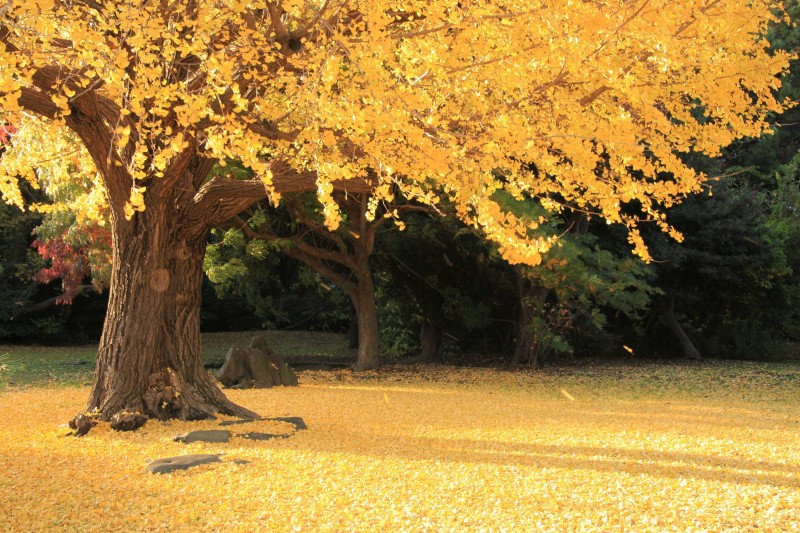
Address: 1-1 Hamarikyuteien, Chuo City, Tokyo 104-0046, Japan
Hours: 9AM–5PM
Dinner at Tempura Kurokawa (#tokyo itinerary 7 days blog)
Tsukiji is not only famous for its fish market but also has many delicious restaurants to choose from. Sushi Dai, Tempura Kurokawa, Tsukiji Yabu Soba, Edomae Sushi Takewaka are some of the popular restaurants here.

We had dinner at Tempura Kurokawa just a 7 minute walk from Tsukiji station. Tempura Kurokawa offers a traditional Japanese atmosphere. The restaurant is quite small and you can sit at the counter so you can clearly see the chef in the open kitchen preparing the food and enjoying the hot tempura, the batter is delicious and crispy without being too thick. The seafood is freshly caught every day and changes seasonally. Try the kakiage, the restaurant’s top dish with juicy sakura shrimp and scallops over a bowl of hot steamed rice. The scallops are deep fried and fast so they still retain a very sweet taste. Another specialty is Jyo Tendon. It has two shrimps, conger eel, scallops. The crust is very crispy and fragrant with sesame oil, the sauce is not too sweet to eat with rice. Order an extra bowl of miso soup and pickled vegetables and start enjoying this delicious dinner.
Address: 1-1 Hamarikyuteien, Chuo City, Tokyo 104-0046, Japan
Hours: 9AM–1:30PM/Sunday: Closed
Day 7: Saya-no-Yudokoro and goodbye to Tokyo (#tokyo itinerary 7 days blog)
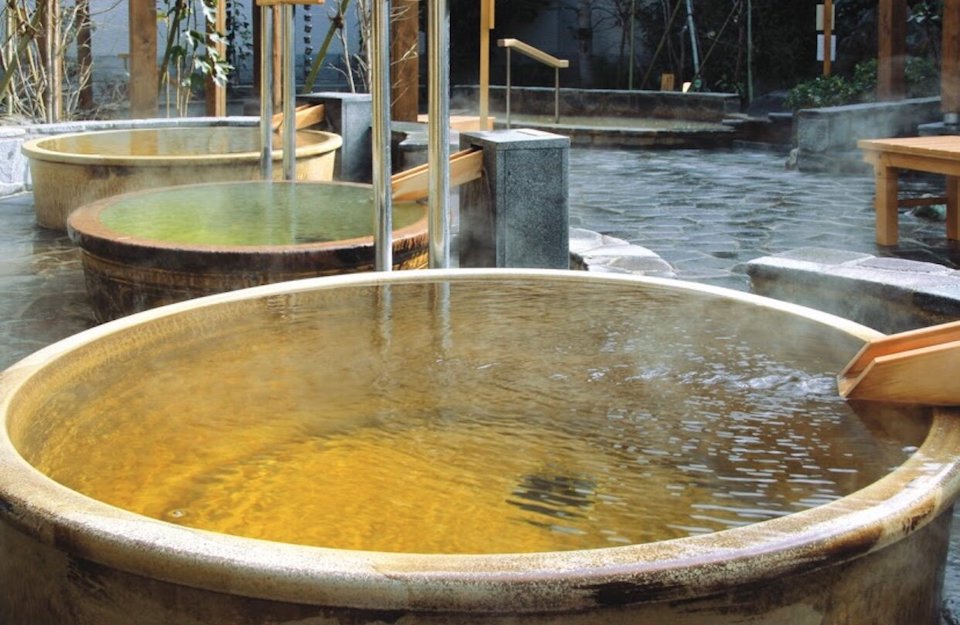
The last day, we decided to relax at Saya-no-Yudokoro, a traditional Japanese onsen (hot spring). The natural hot spring draws its water from 500 meters underground, such a natural hot spring is hard to find in Tokyo. In addition to outdoor hot springs or hot tubs, you can choose from unique baths such as an electric bath, a tachi-yu (bathing while standing up), or a ne-yu (bathing while lying down) bath. There is also a steam room, a sauna, a stone sauna, with aromatherapy and massages. After you’ve soaked and relaxed, forgetting all your worries, you can stroll the laid-back cobbled streets of Jiyugaoka and hipster, the glitzy Koenji neighborhood to cap off your weeklong journey to Tokyo.
We had a wonderful week in Tokyo to discover the beauty of this city and Japan. This place is really great with the famous Mount Fuji, the view of the whole city from the Tokyo Tower, bustling streets, ancient temples, shopping malls and countless restaurants with exquisite cuisine of Japan. Although there are still many places to go and explore in Tokyo, we have to return. If possible I would really like to come back to Japan and visit other cities and rural areas of Japan to enjoy and discover more about the country, its people and its diverse culture. Sunrise.
Have you ever visited Tokyo? If not, that’s really a pity. A week of travel here will surely bring you great experiences and memorable memories. What are you waiting for, plan to come to Japan right away and pack your bags!
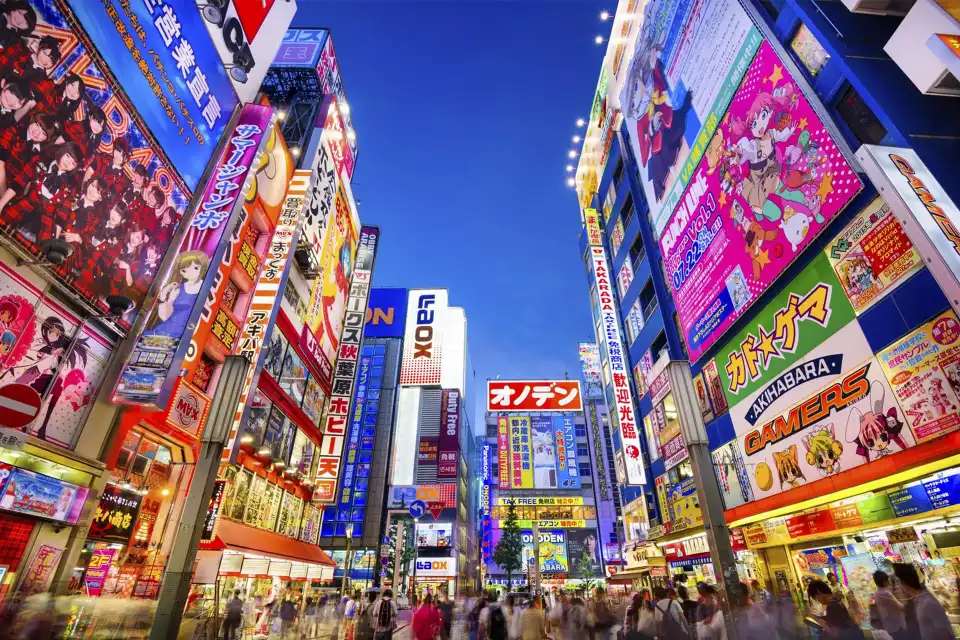
Some best day tours, trips, activities and transfer services, tickets in, to and from Tokyo you can refer to
- Private Narita International Airport Transfers (NRT) for Tokyo 23 Wards, Hakone, or Karuizawa
- Private Haneda International Airport Transfers (HND) for Tokyo 23 Wards, Hakone, or Karuizawa
- Airport Limousine Bus Transfers from/to Narita and Haneda International Airport (Free Wifi Onboard)
- Tokyo Amazing Sightseeing Bus Day Tour
- Tokyo Highlights Private Day Tour
- Nikko Day Tour from Tokyo
- Mt Fuji & Hakone Day Tour: Lake Ashi & Ropeway Day Trip from Tokyo
- Nikko Cultural Day Tour from Tokyo
- Tokyo Subway Ticket (24, 48, or 72 Hours)
- Tokyo Skyliner and Tokyo Subway Ticket
- Shuttle Bus Transfers (One Way/Round Trip) from Shinjuku/Ikebukuro to Tokyo Disneyland or Tokyo DisneySea
- Tokyo Disney Resort Park Ticket
- Klook Pass Greater Tokyo
- SHIBUYA SKY Ticket
- Warner Bros. Studio Tour Tokyo – The Making of Harry Potter Ticket
- Skyliner Narita Airport Express Ticket
- TeamLab Planets Ticket
- TOKYO SKYTREE® Ticket
- Limousine Bus Narita or Haneda Airport to Tokyo
- Skyliner Narita Airport Express With Tokyo Subway Ticket
- JR Tokyo Wide Pass
- Sky Hop-on and Hop-off Bus Pass
- 4G Prepaid Sim Card (JP Airports Pick Up) for Japan
- 4G WiFi (BKK and DMK Airport Pick Up) for Japan (Unlimited Data)
- JR Pass for Whole Japan (7, 14, or 21 Days)
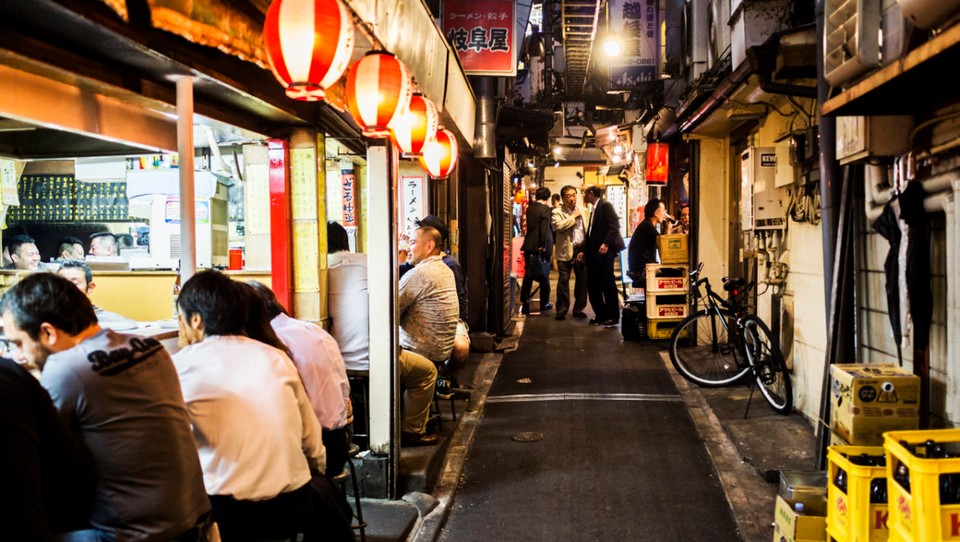
Looking for best autumn spots in Japan? Read here. And Kyoto here. And top things to do in Tokyo: Tours, activities, attractions and other things? Read more: Tokyo travel blog — The fullest Tokyo city guide for a budget trip for the first time visiting Tokyo, Japan.


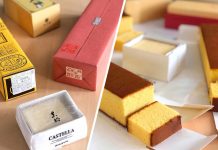




























![10 best airports in Asia in 2016 [RANKED] kuala-lumpur-international-airport-best airports in asia in 2016 by skytrax ratings](https://livingnomads.com/wp-content/uploads/2016/08/29/kuala-lumpur-international-airport-best-airports-in-asia-in-2016-by-skytrax-ratings-218x150.jpg)








